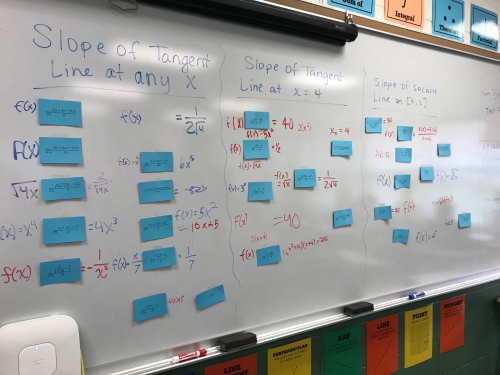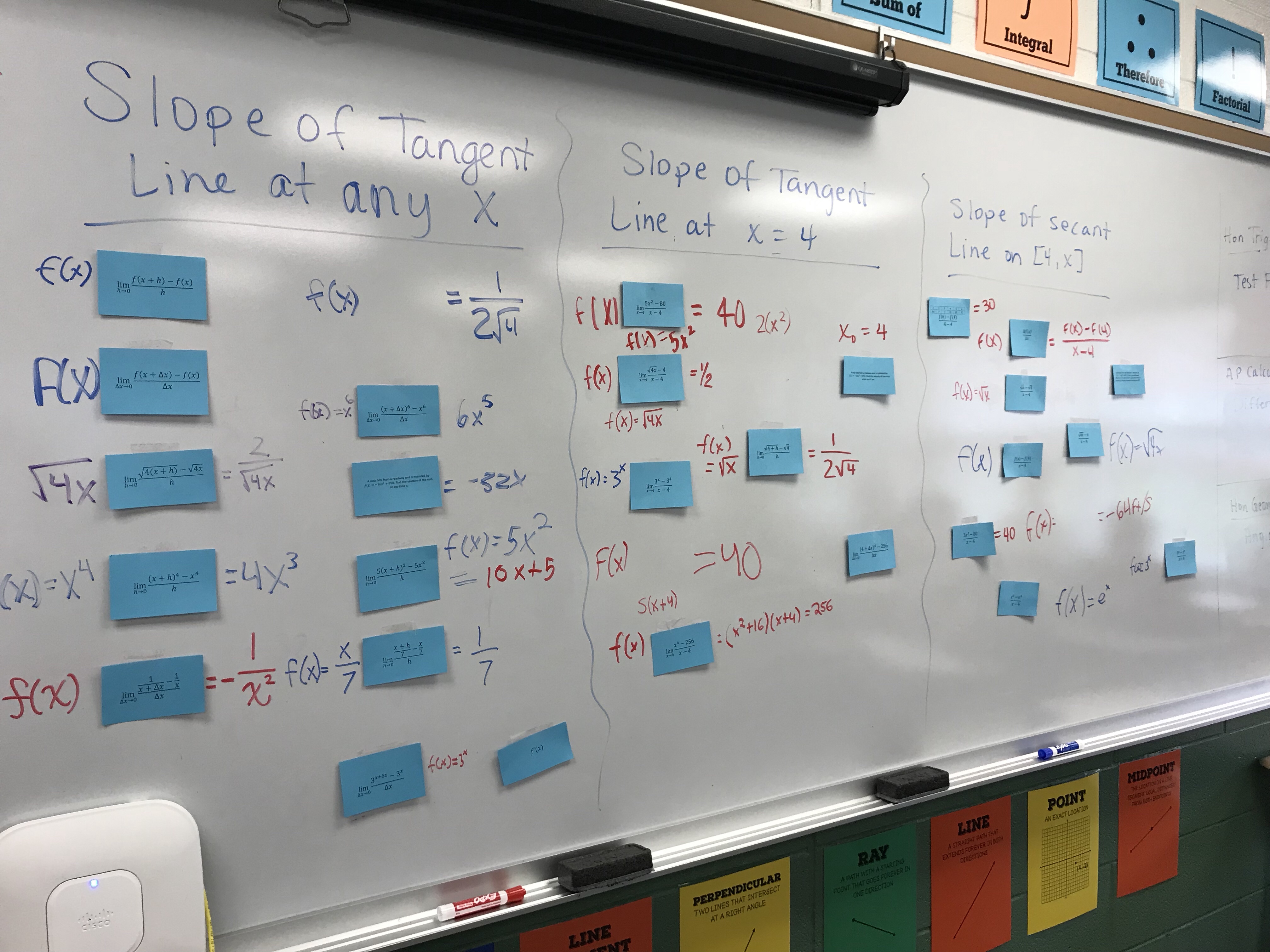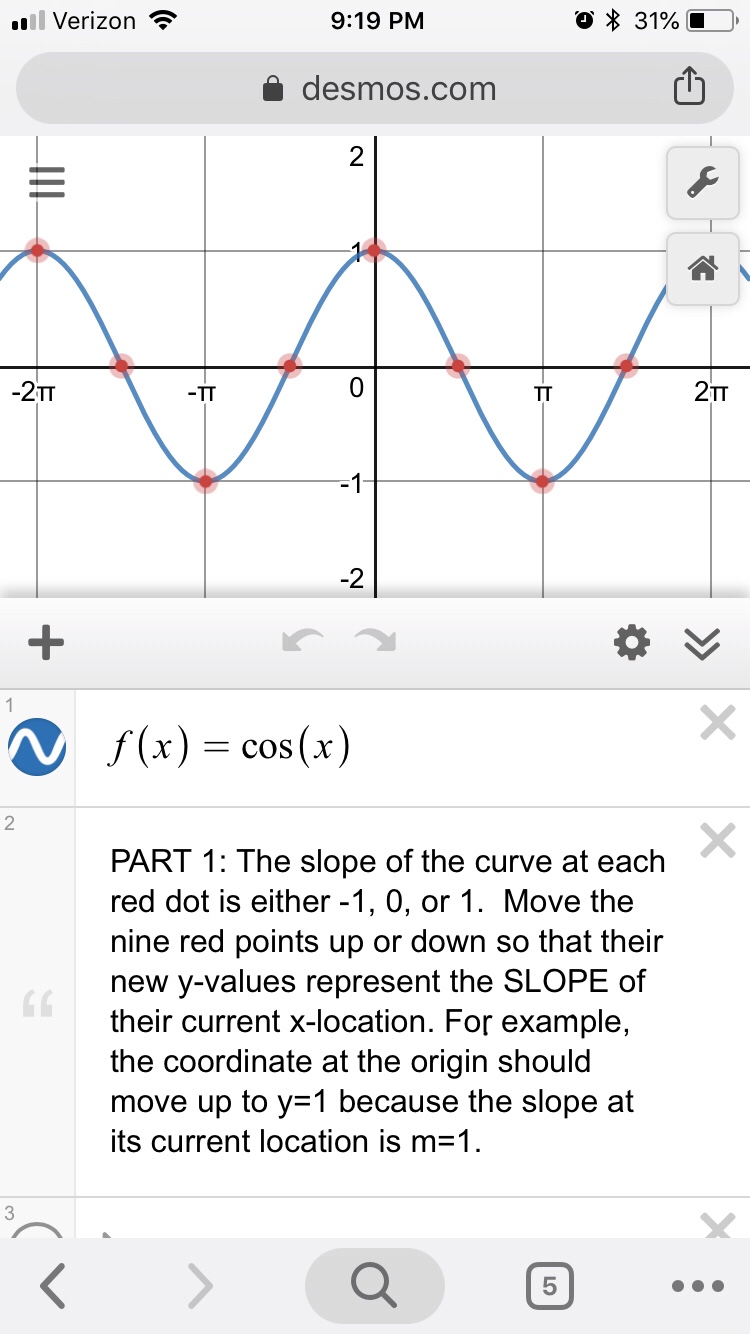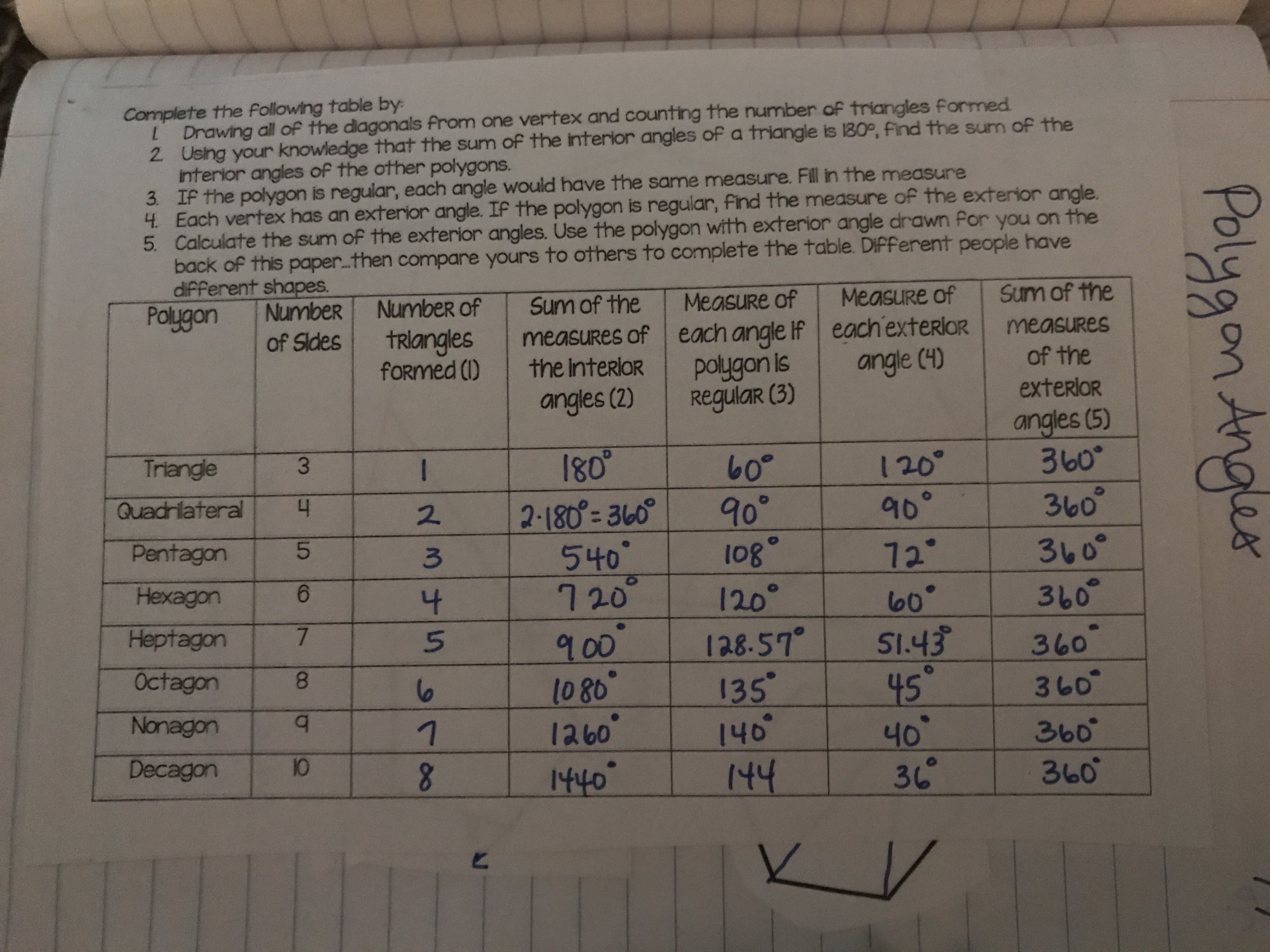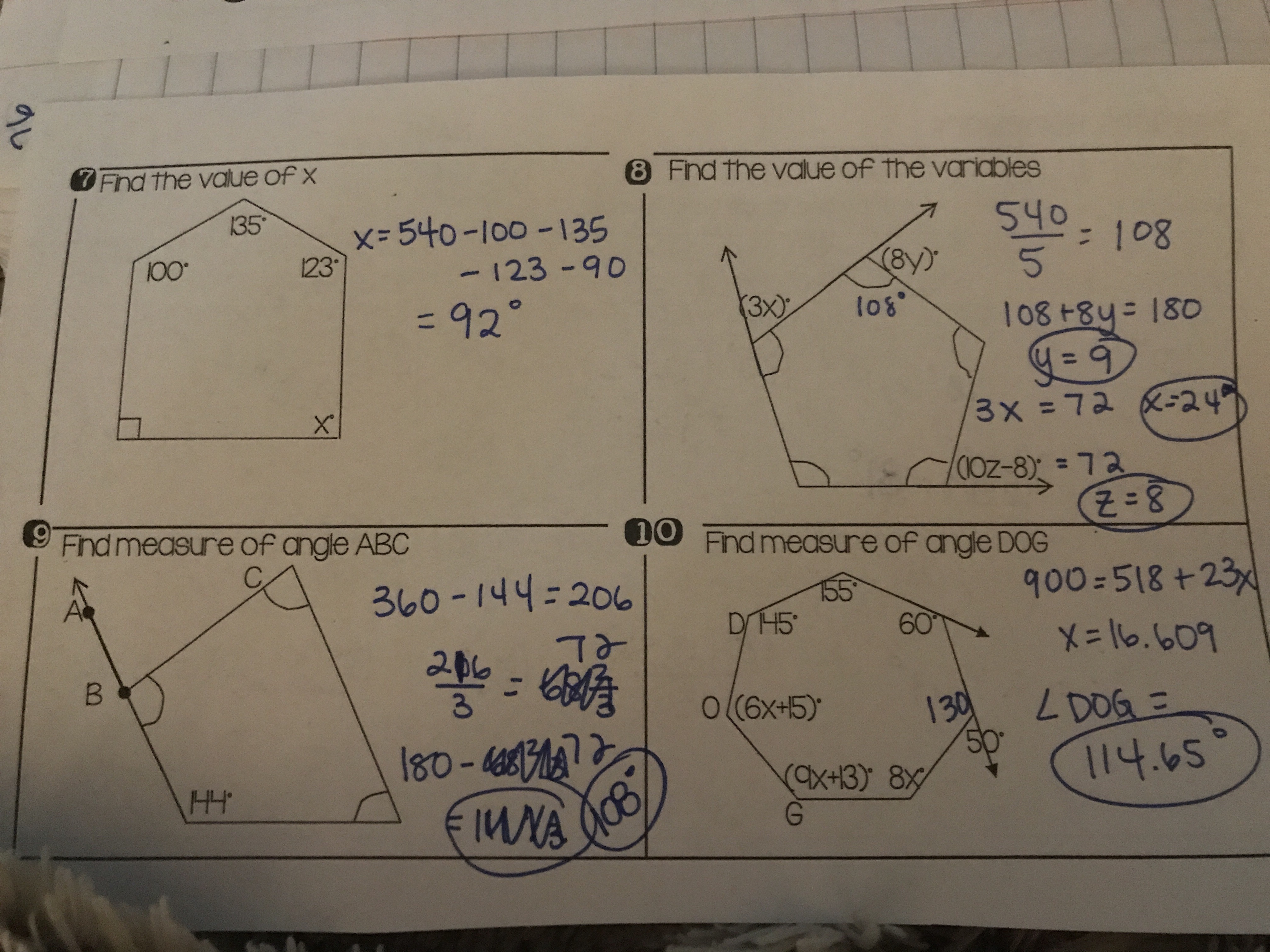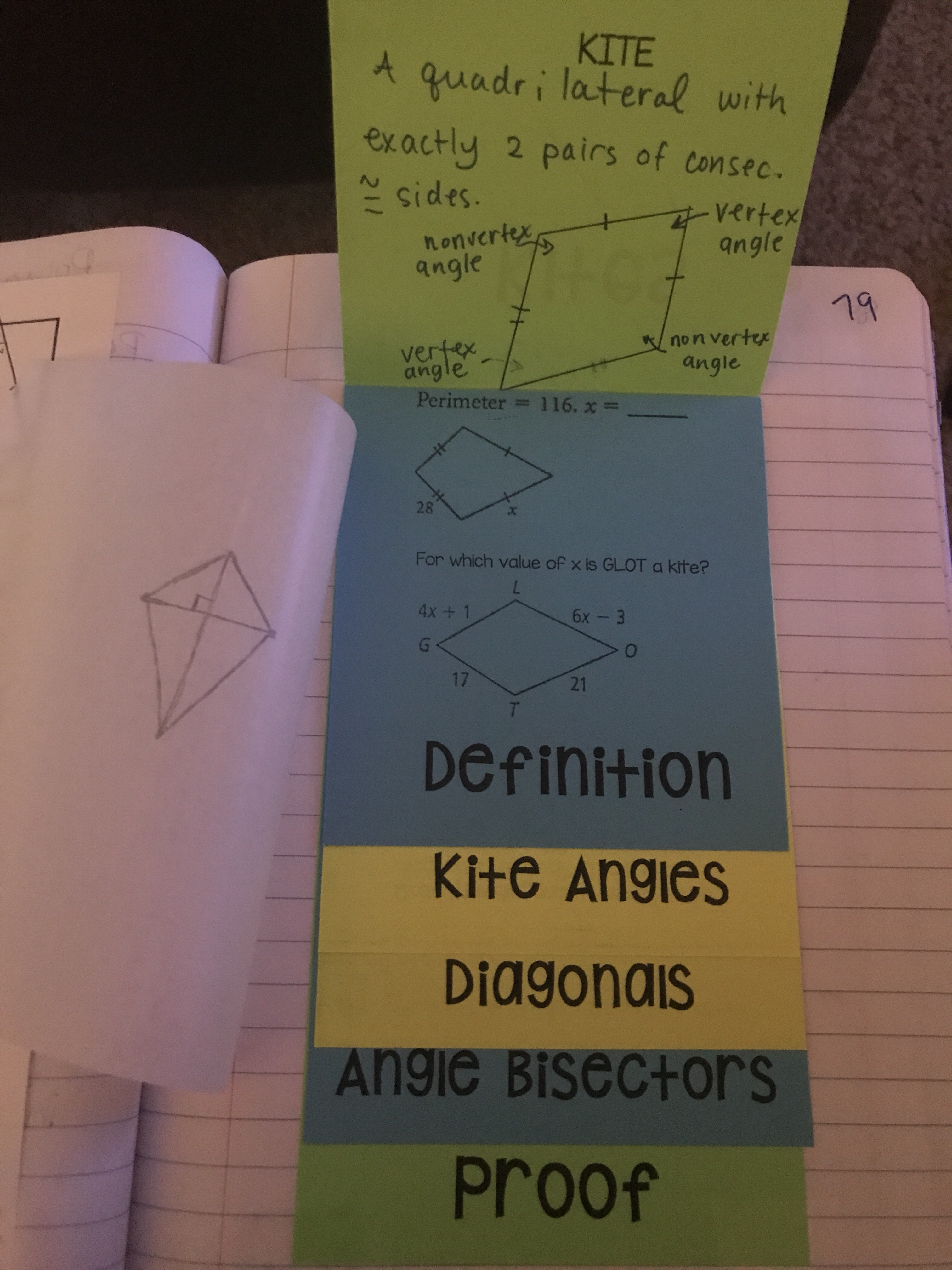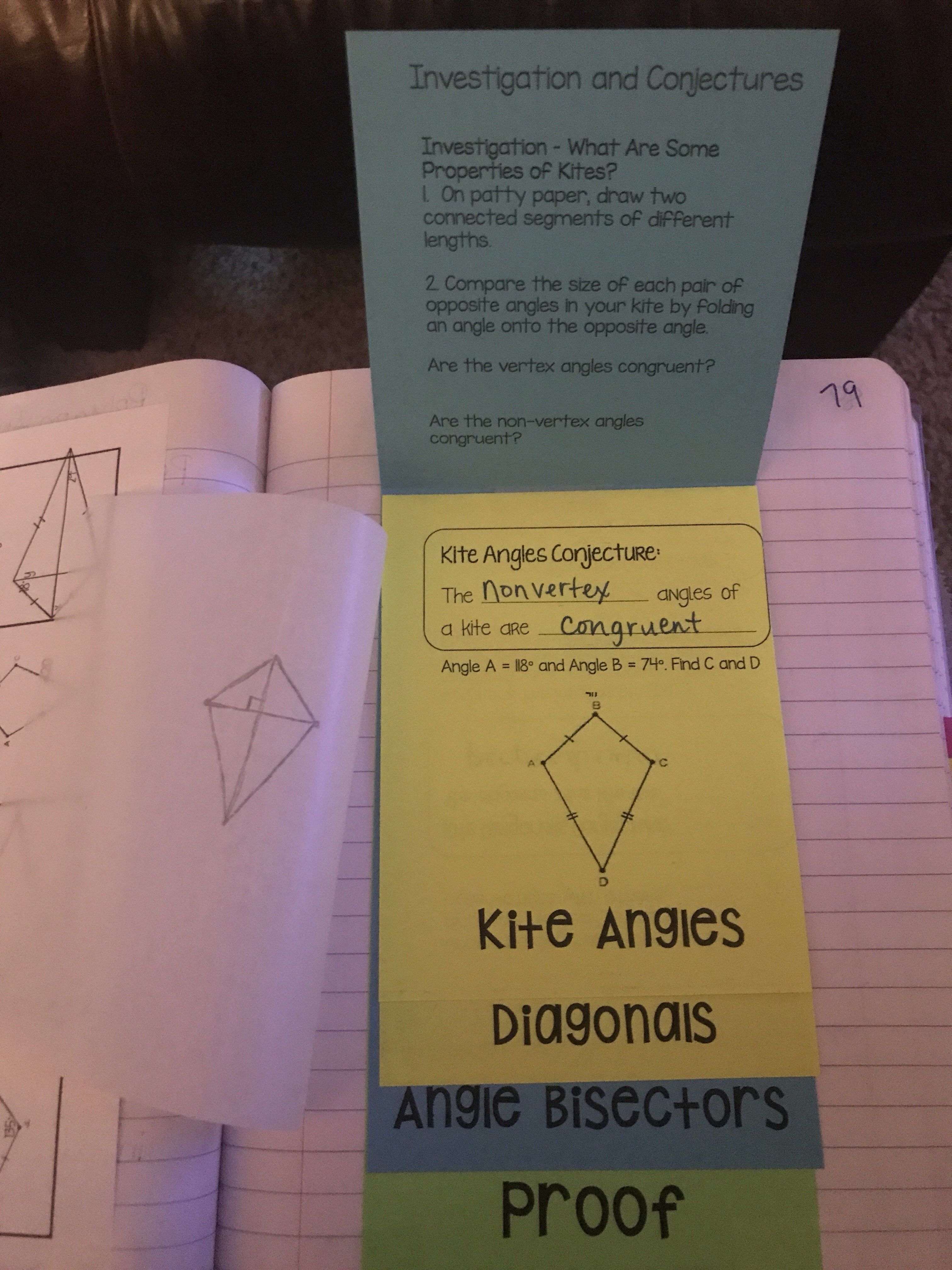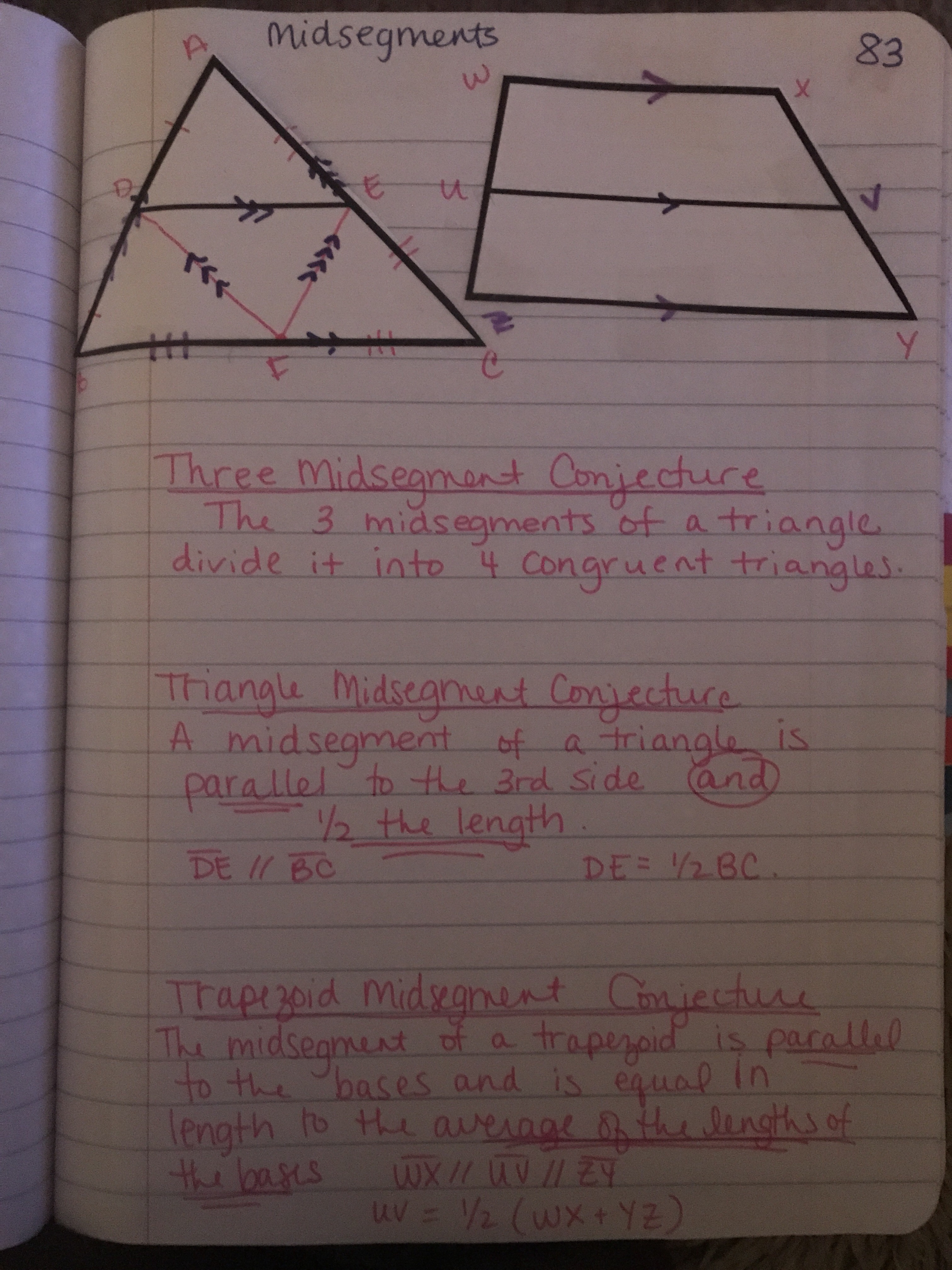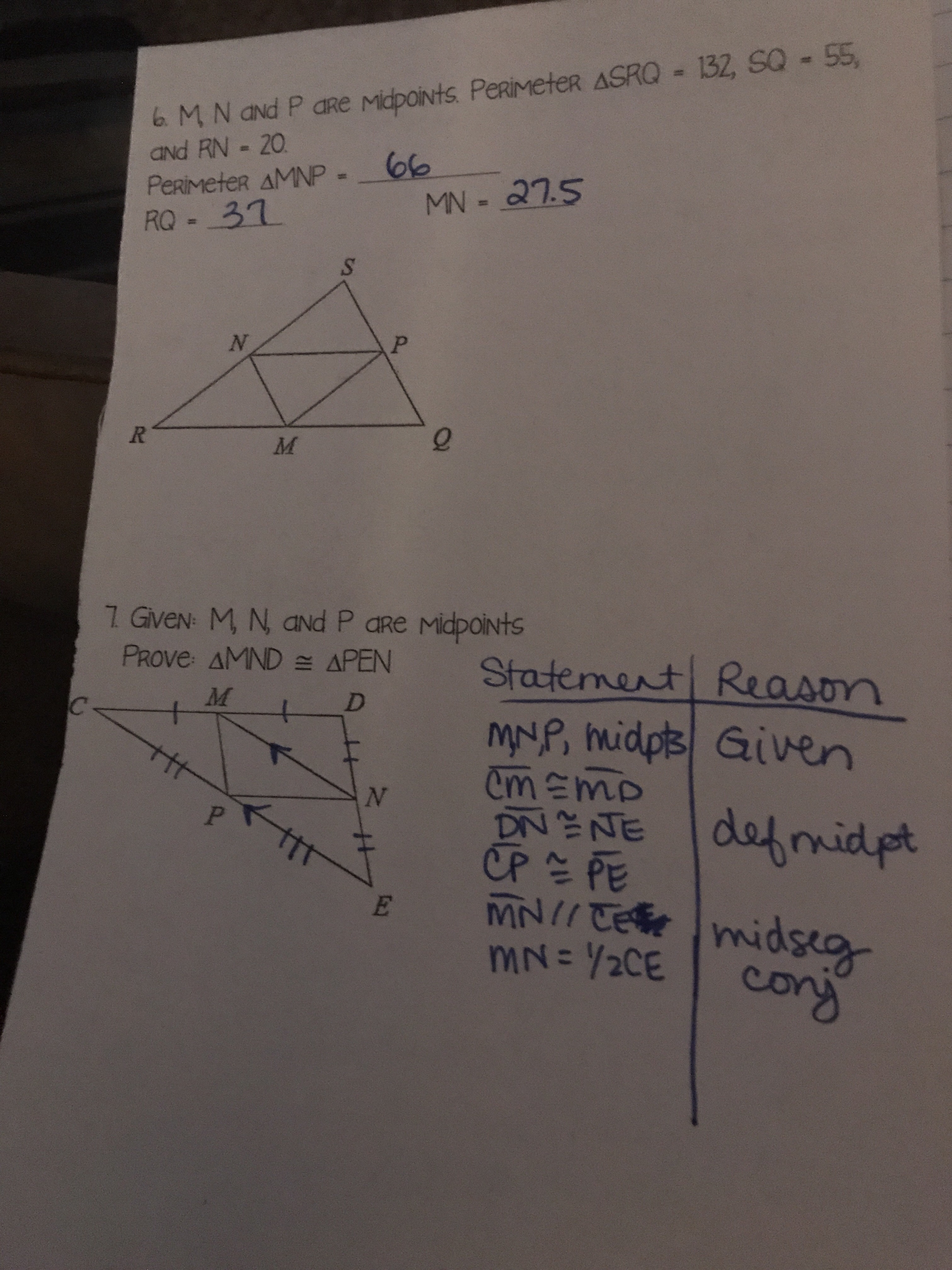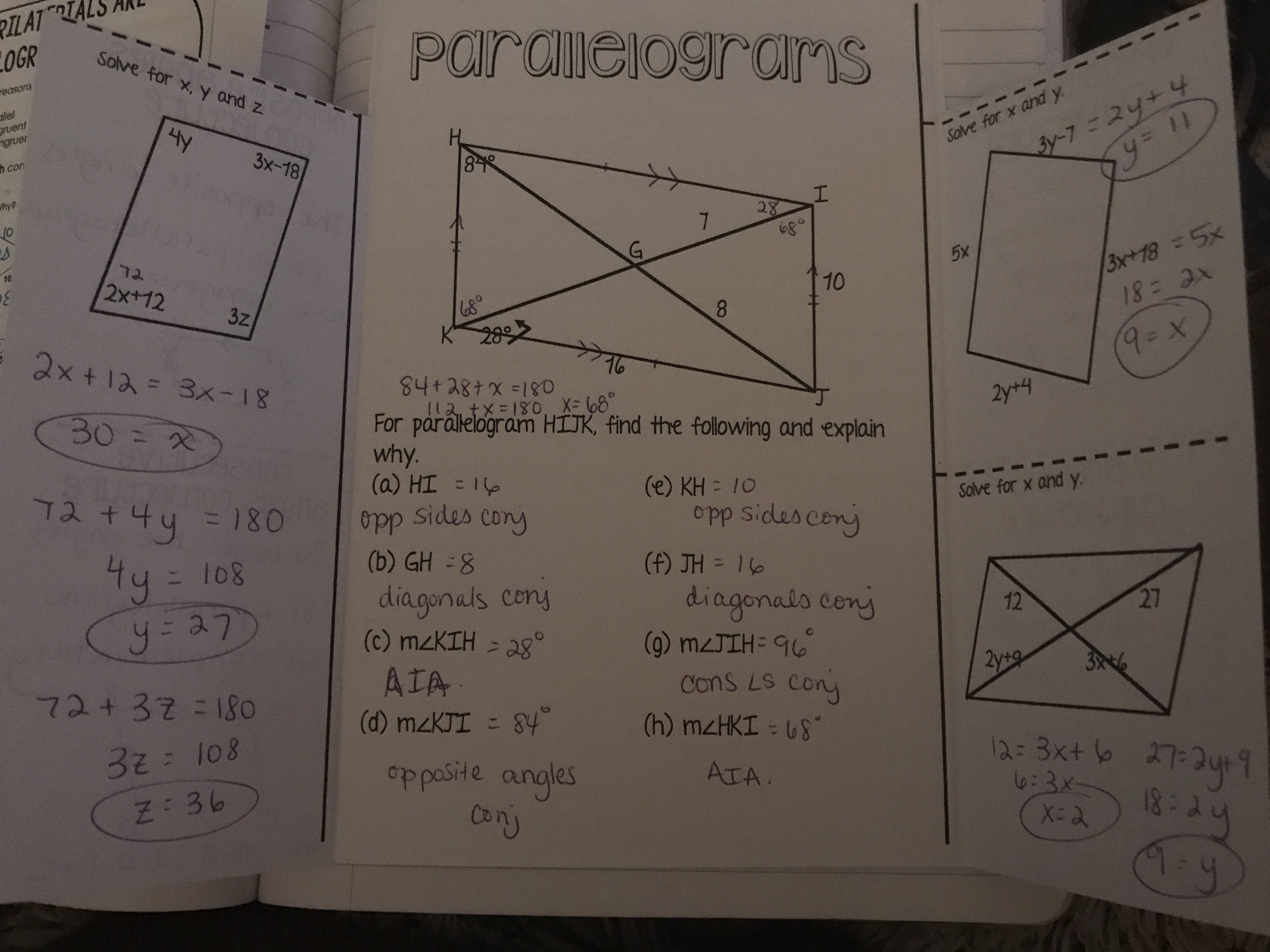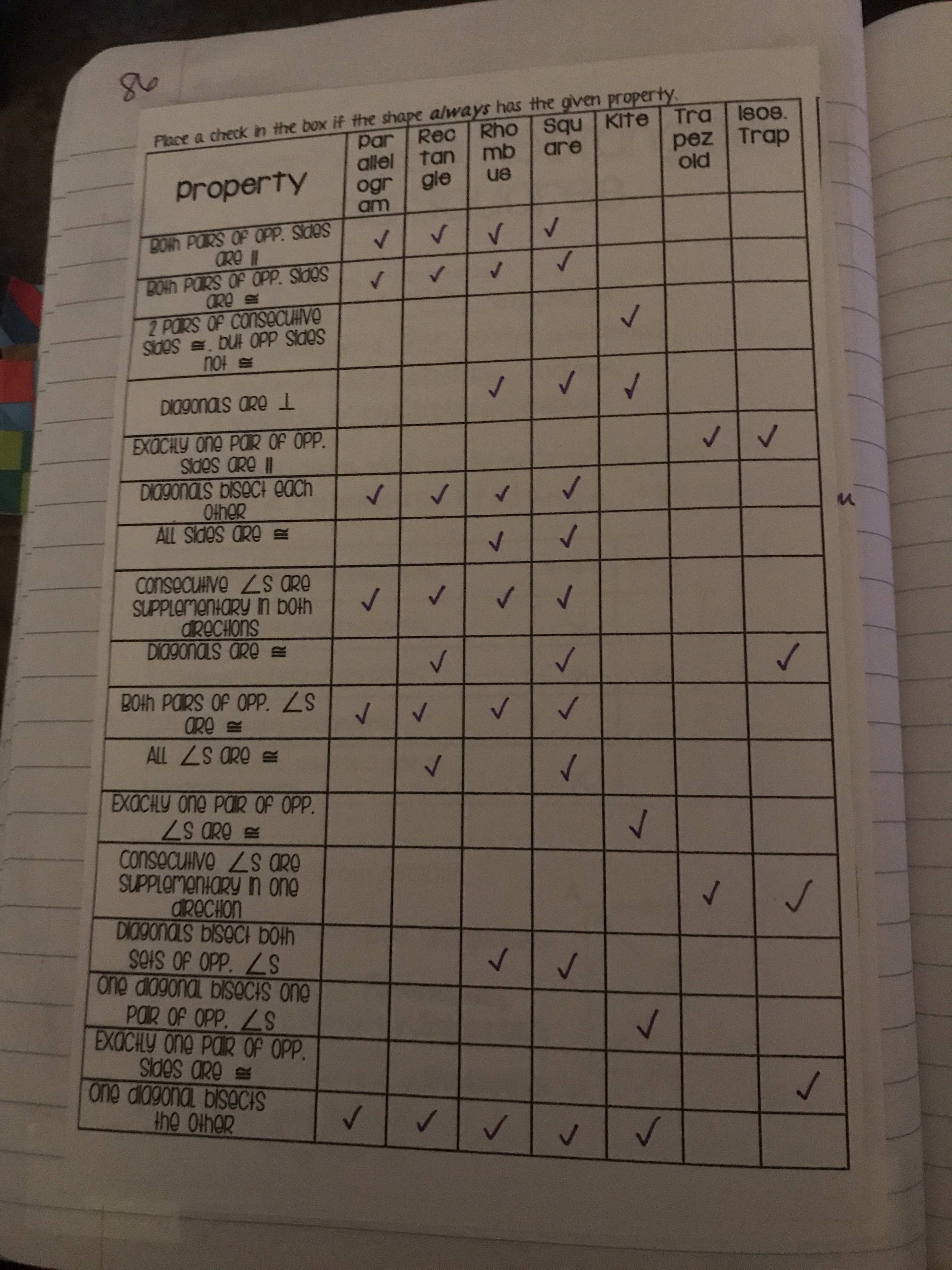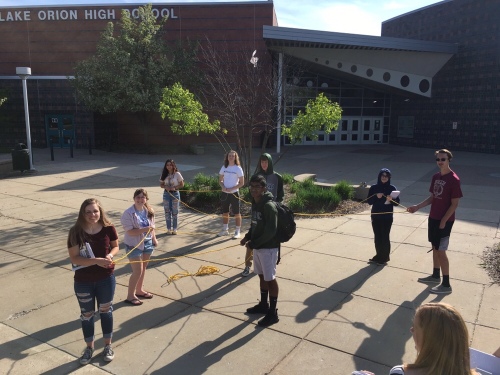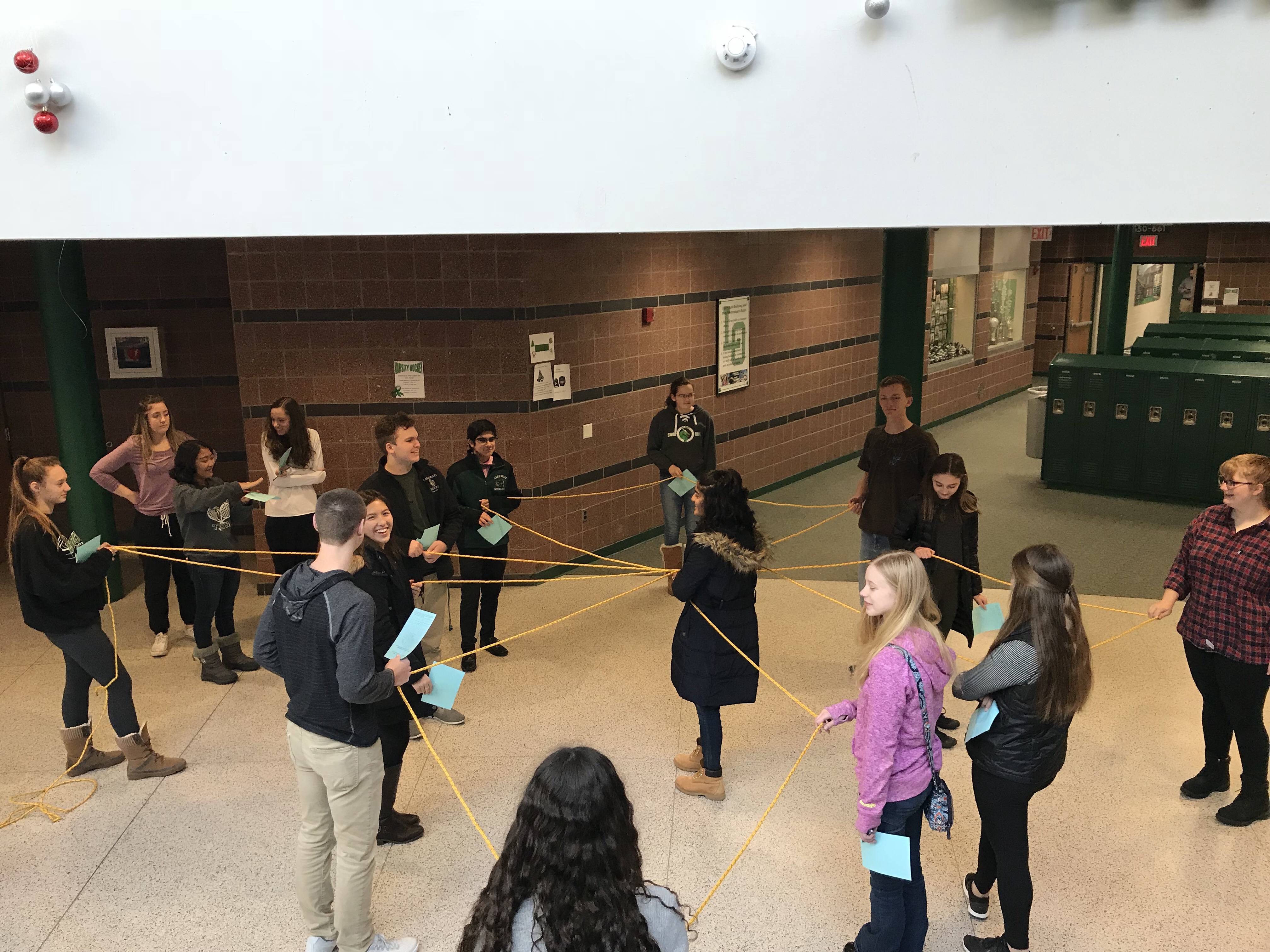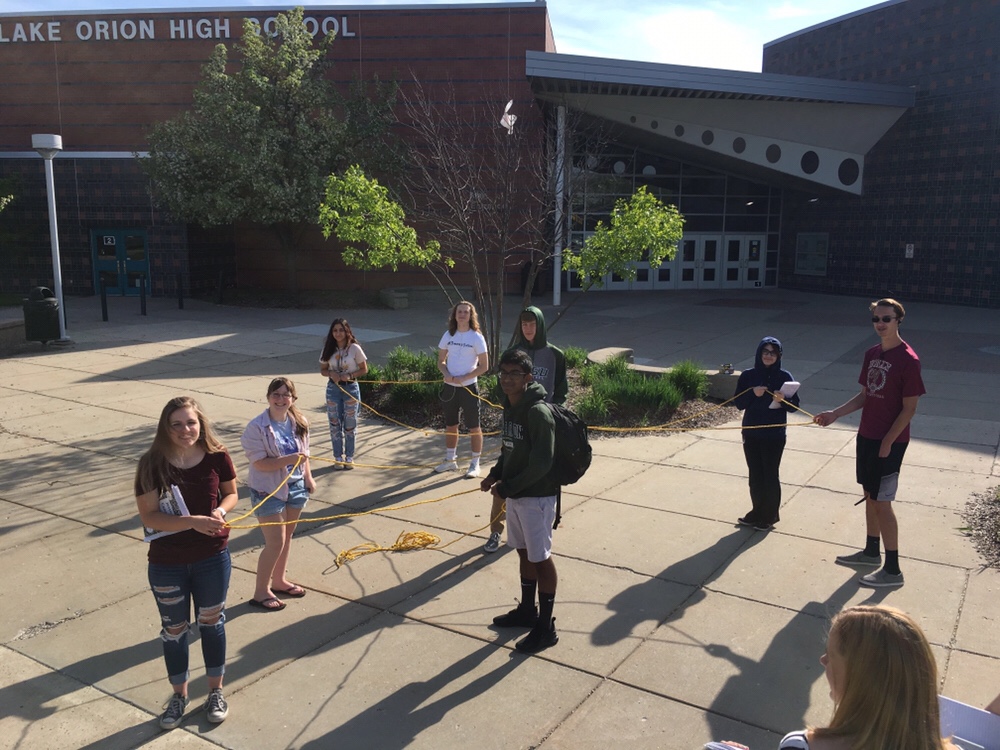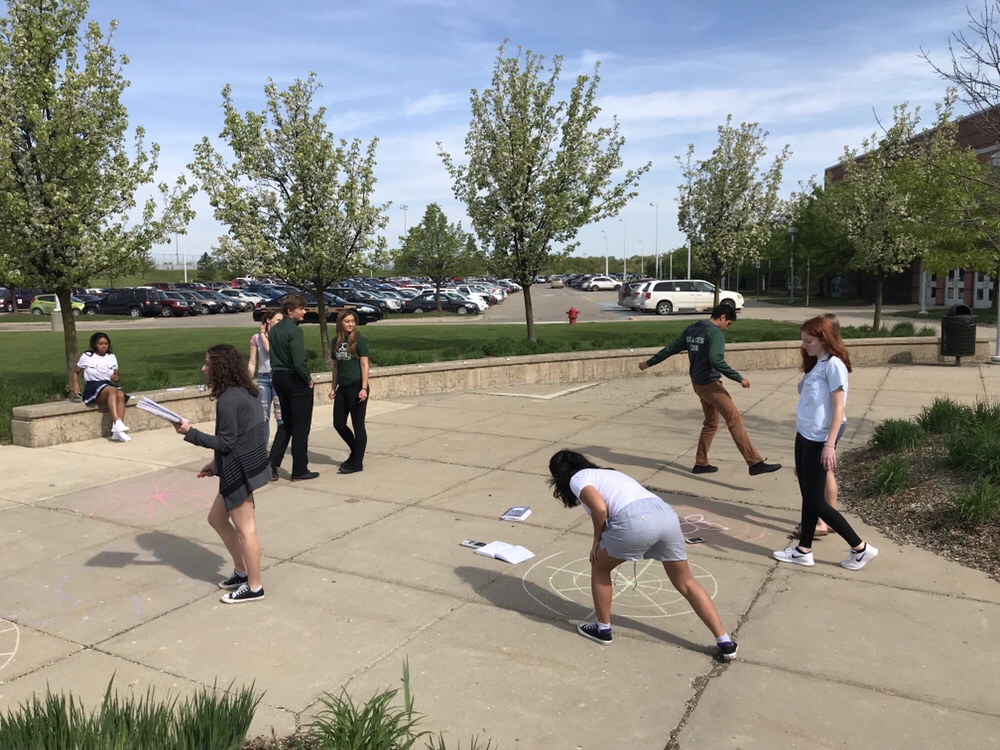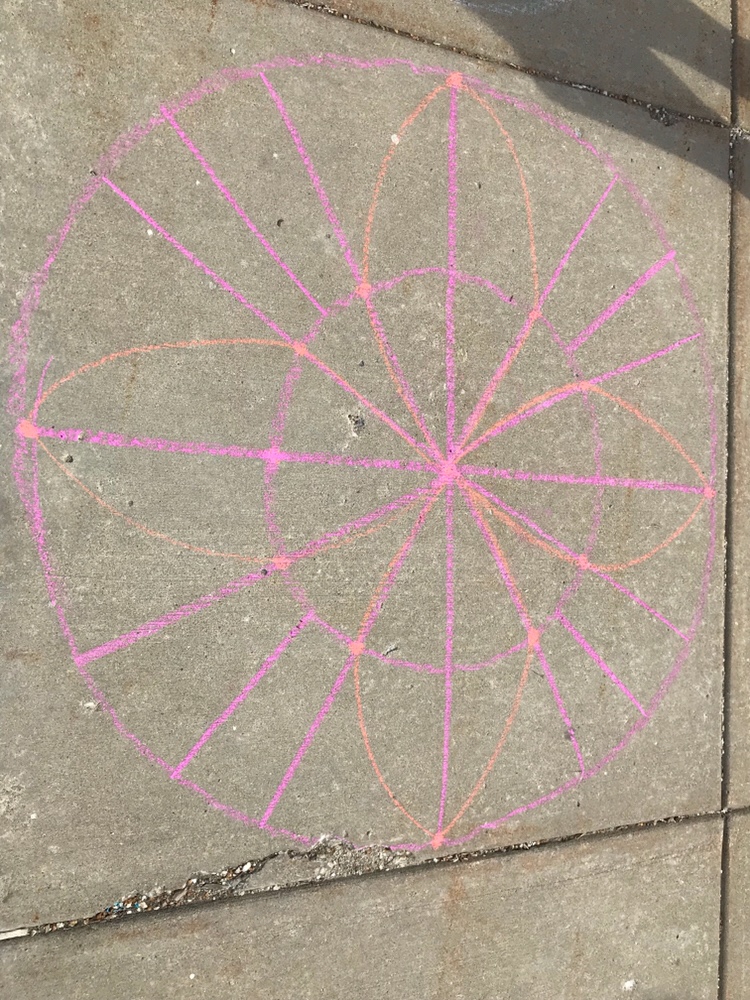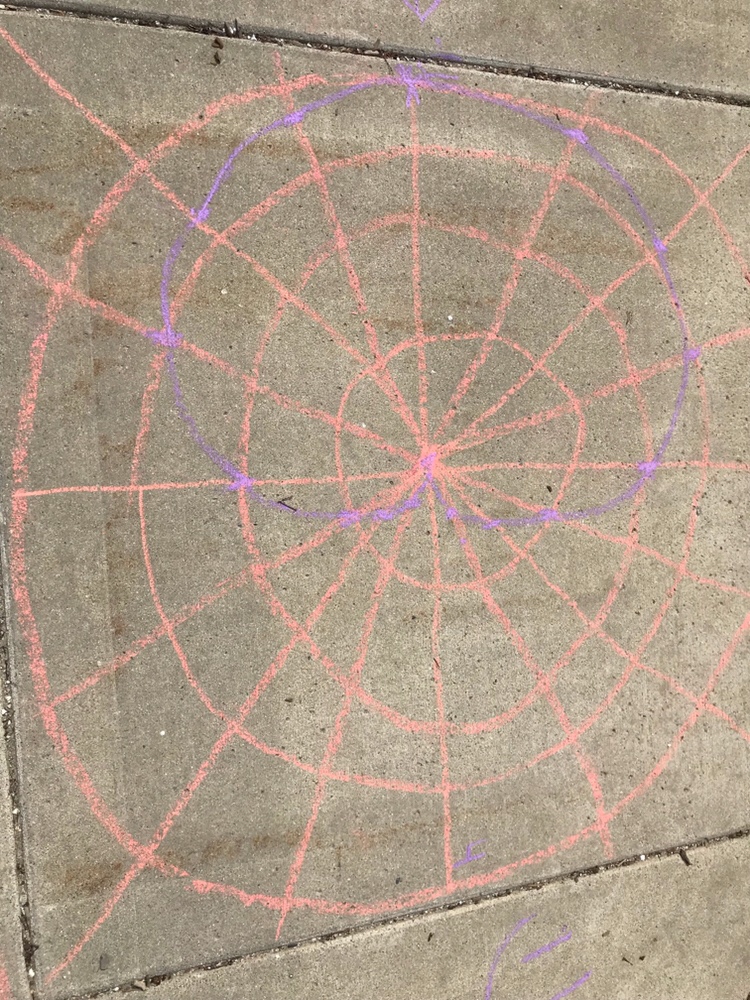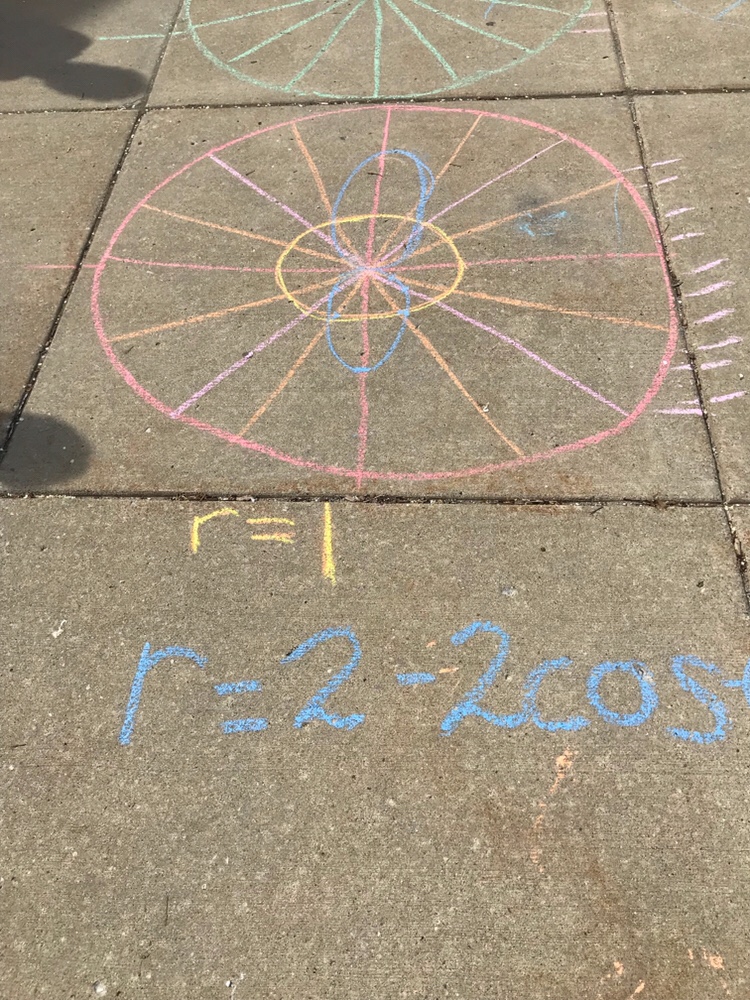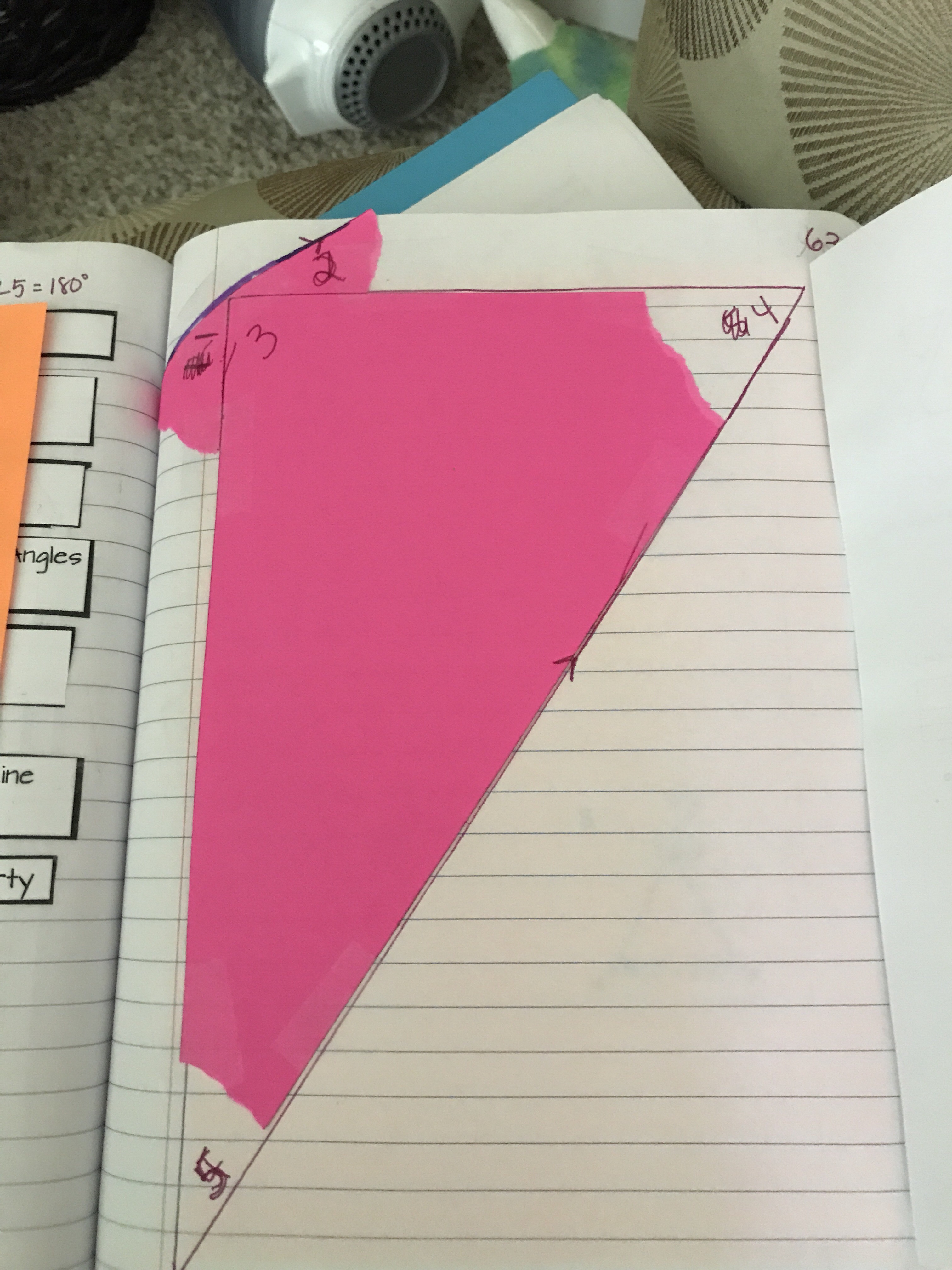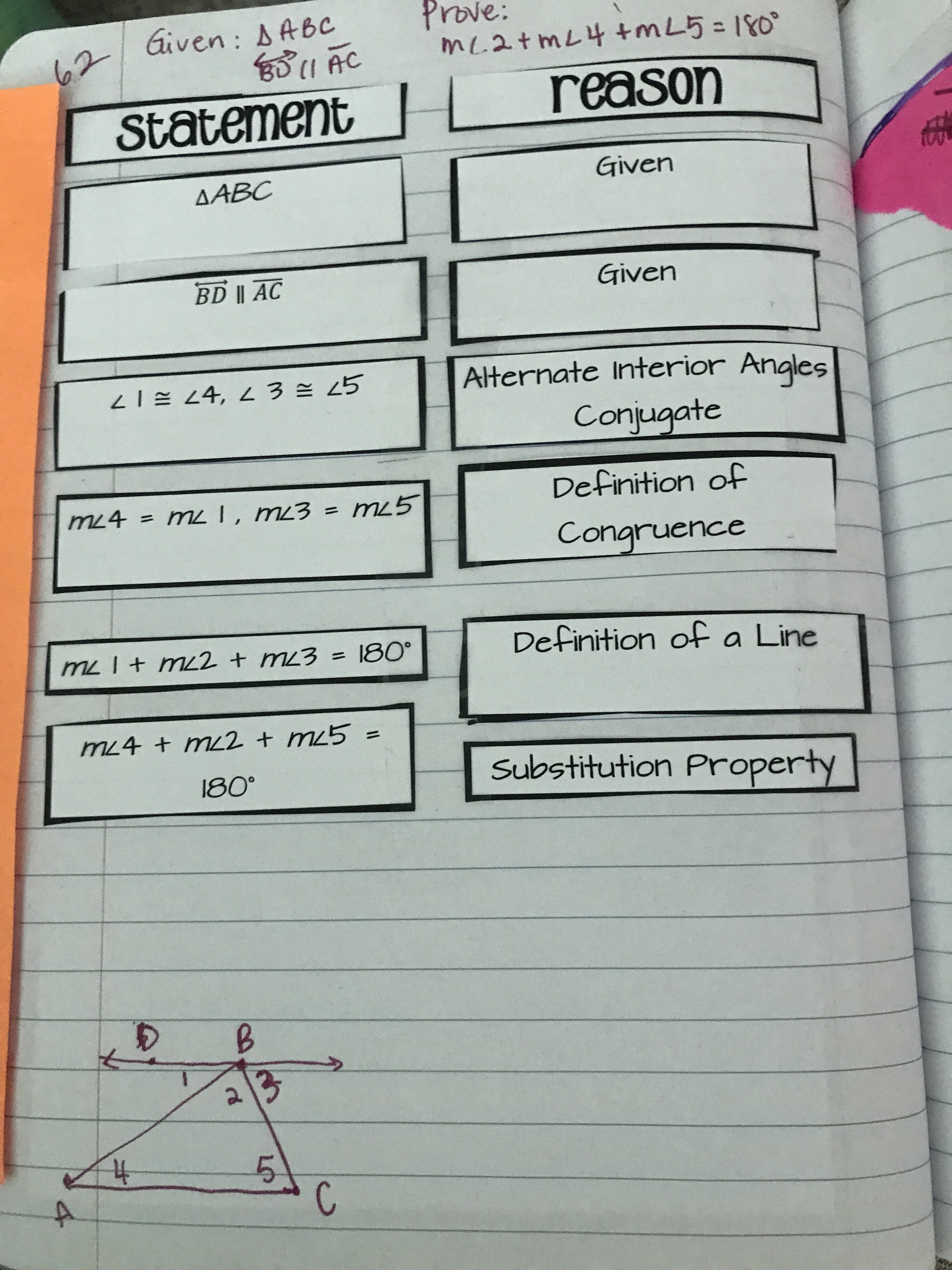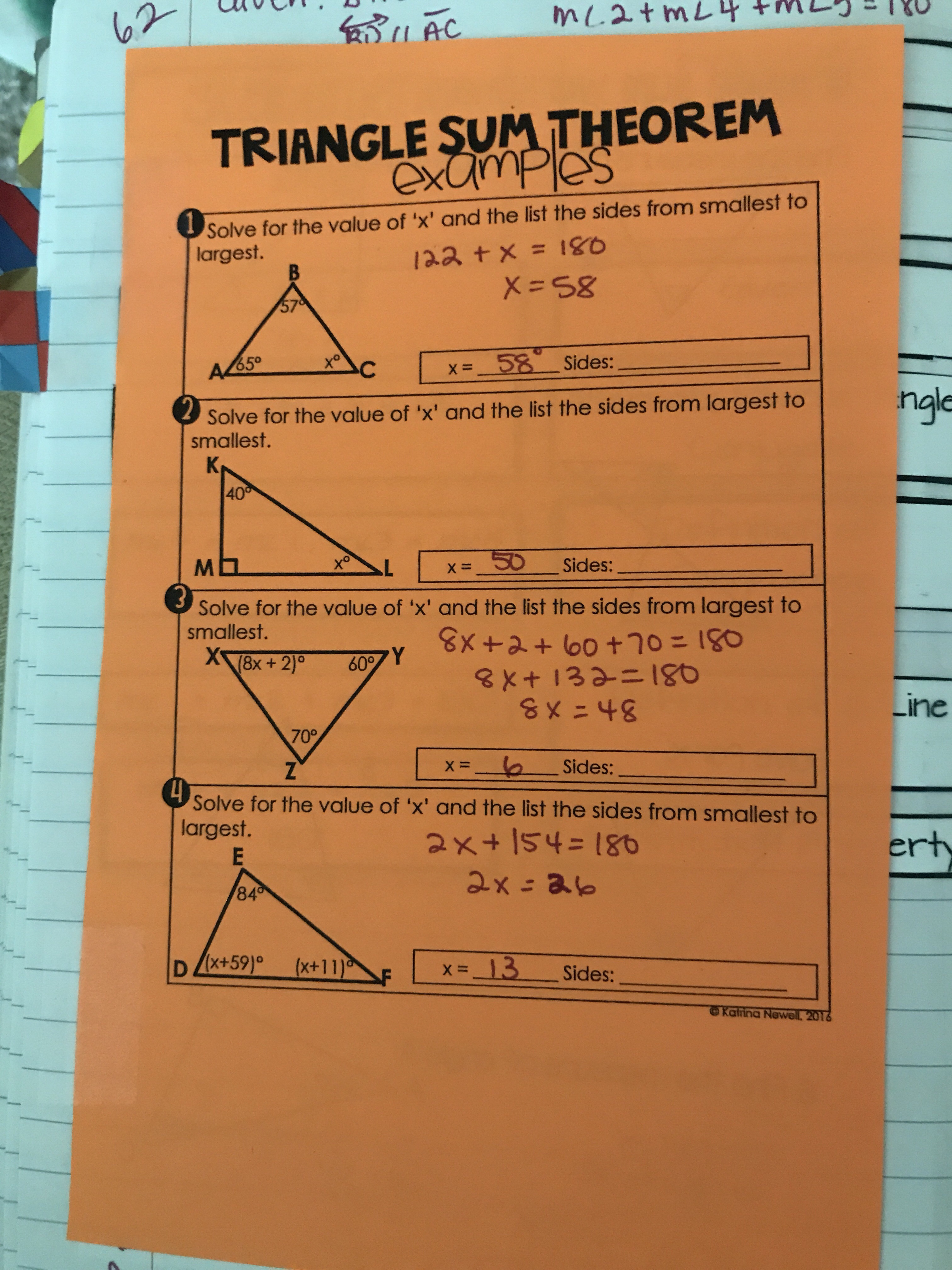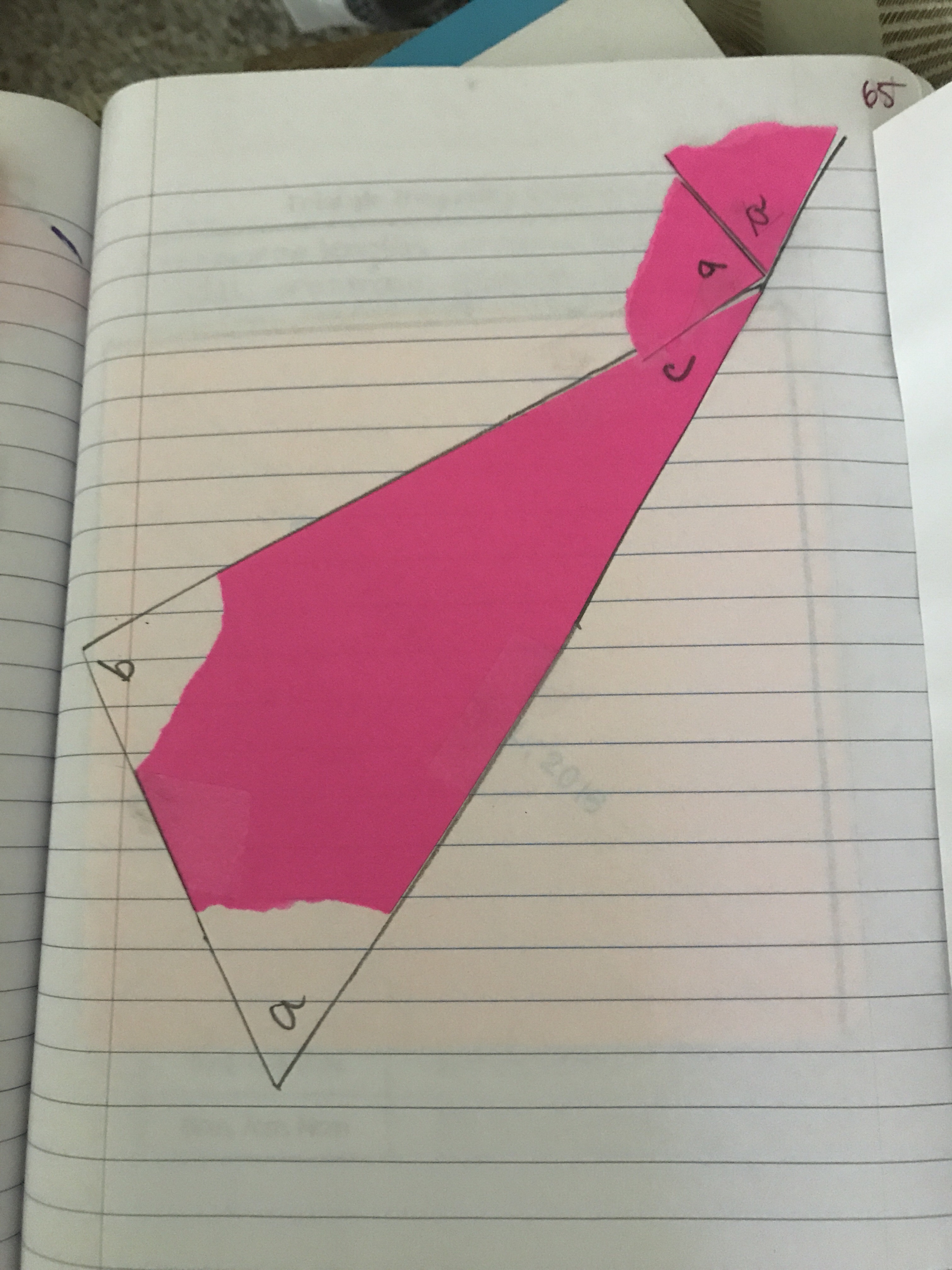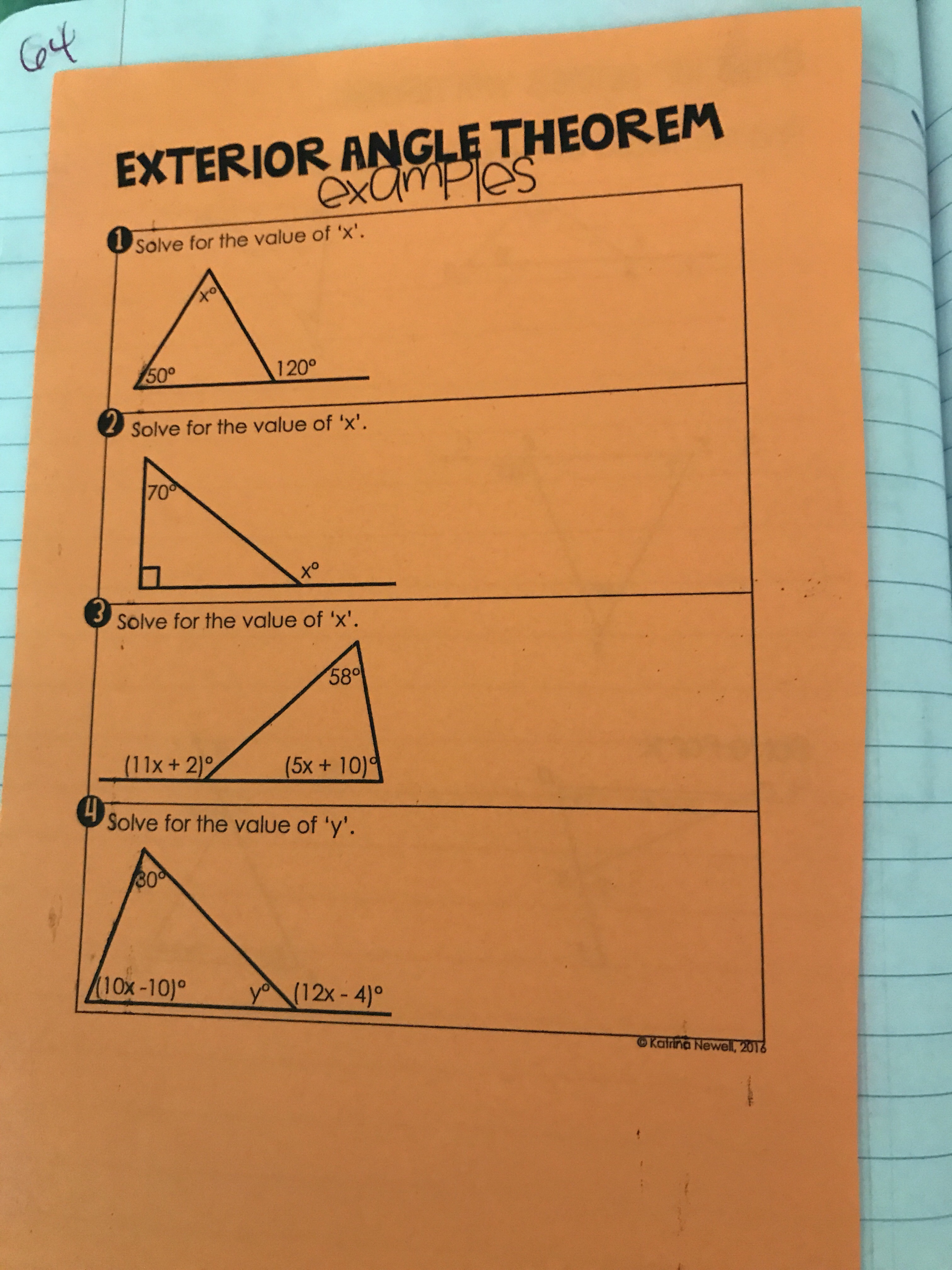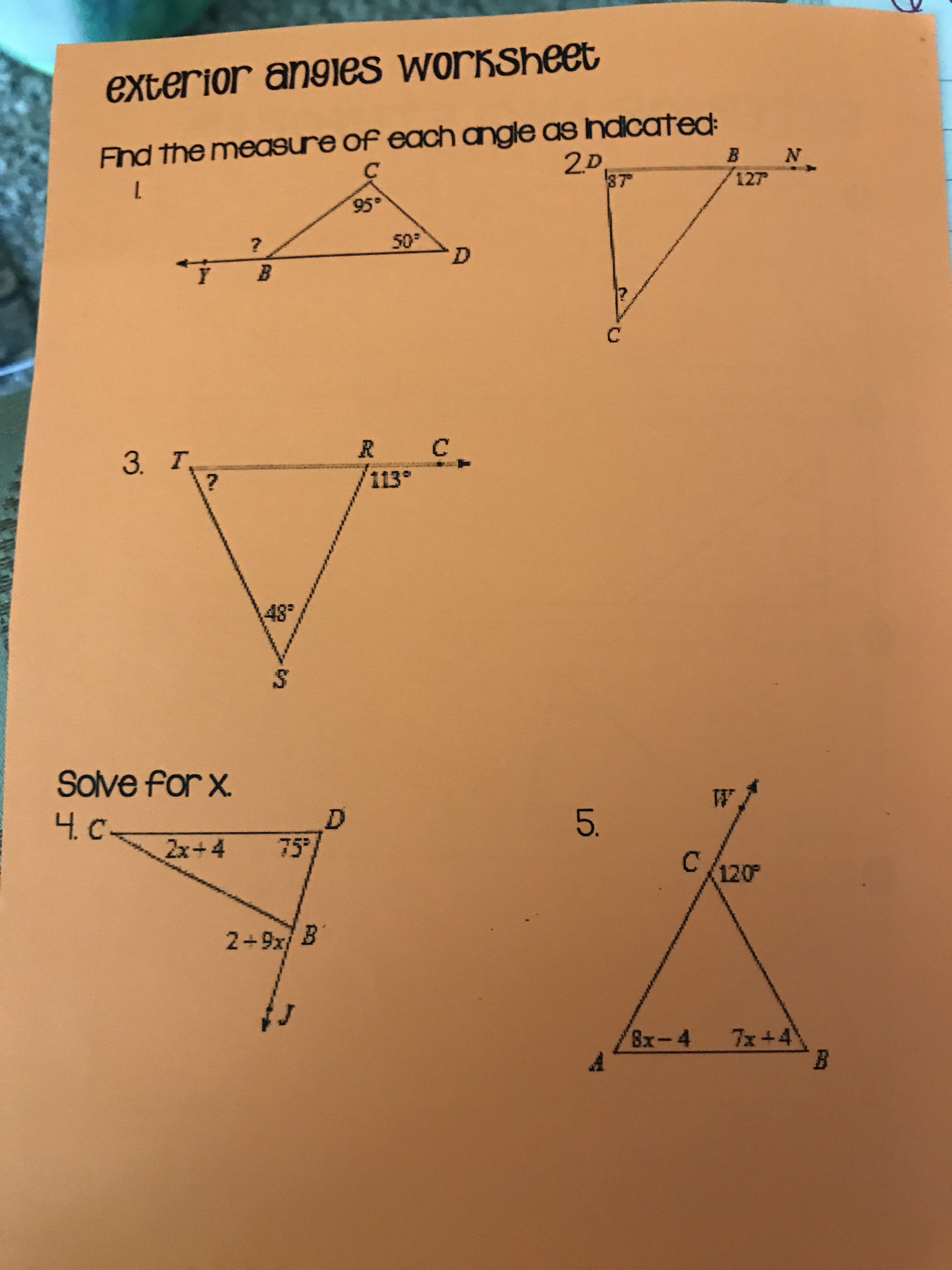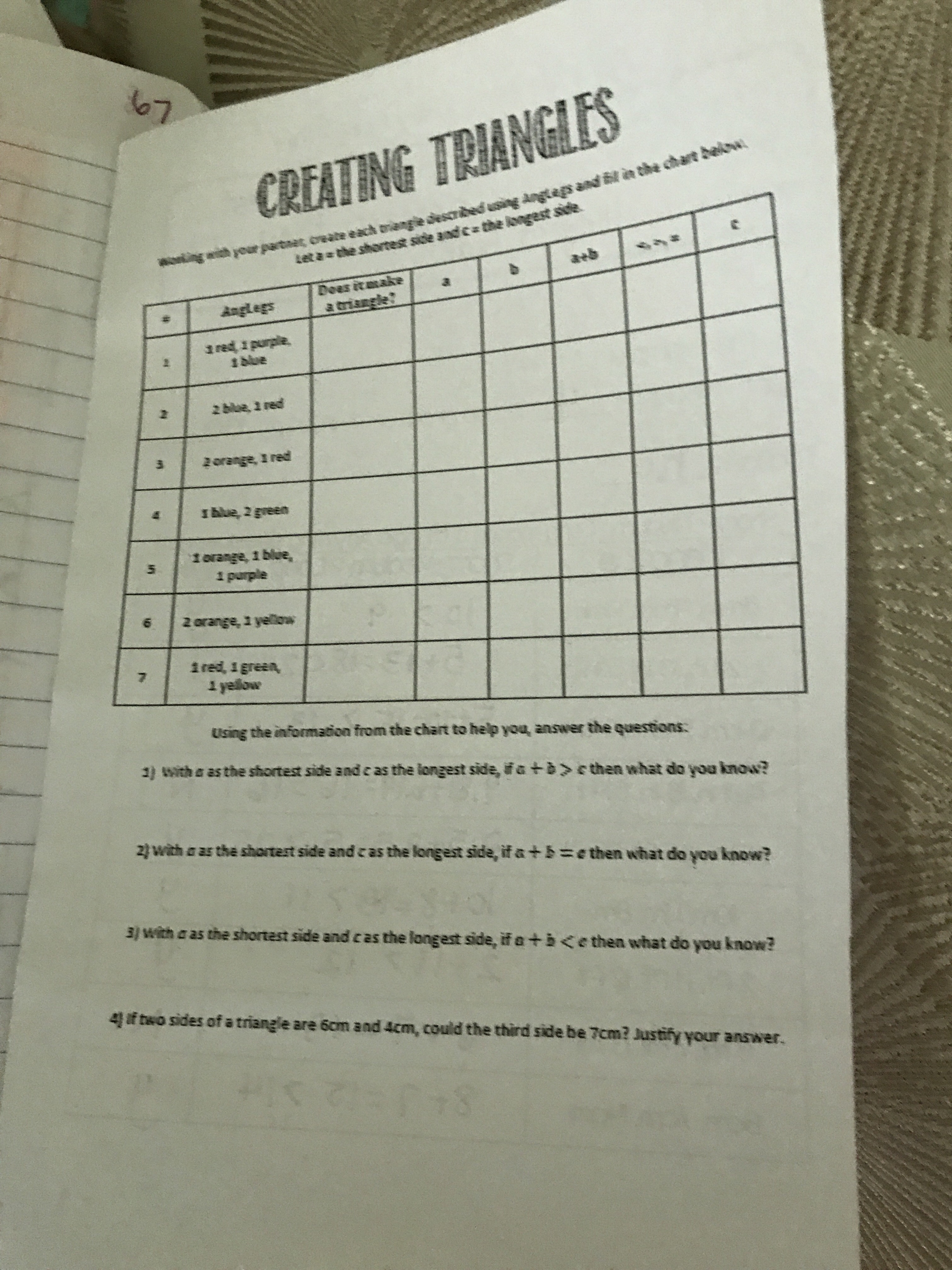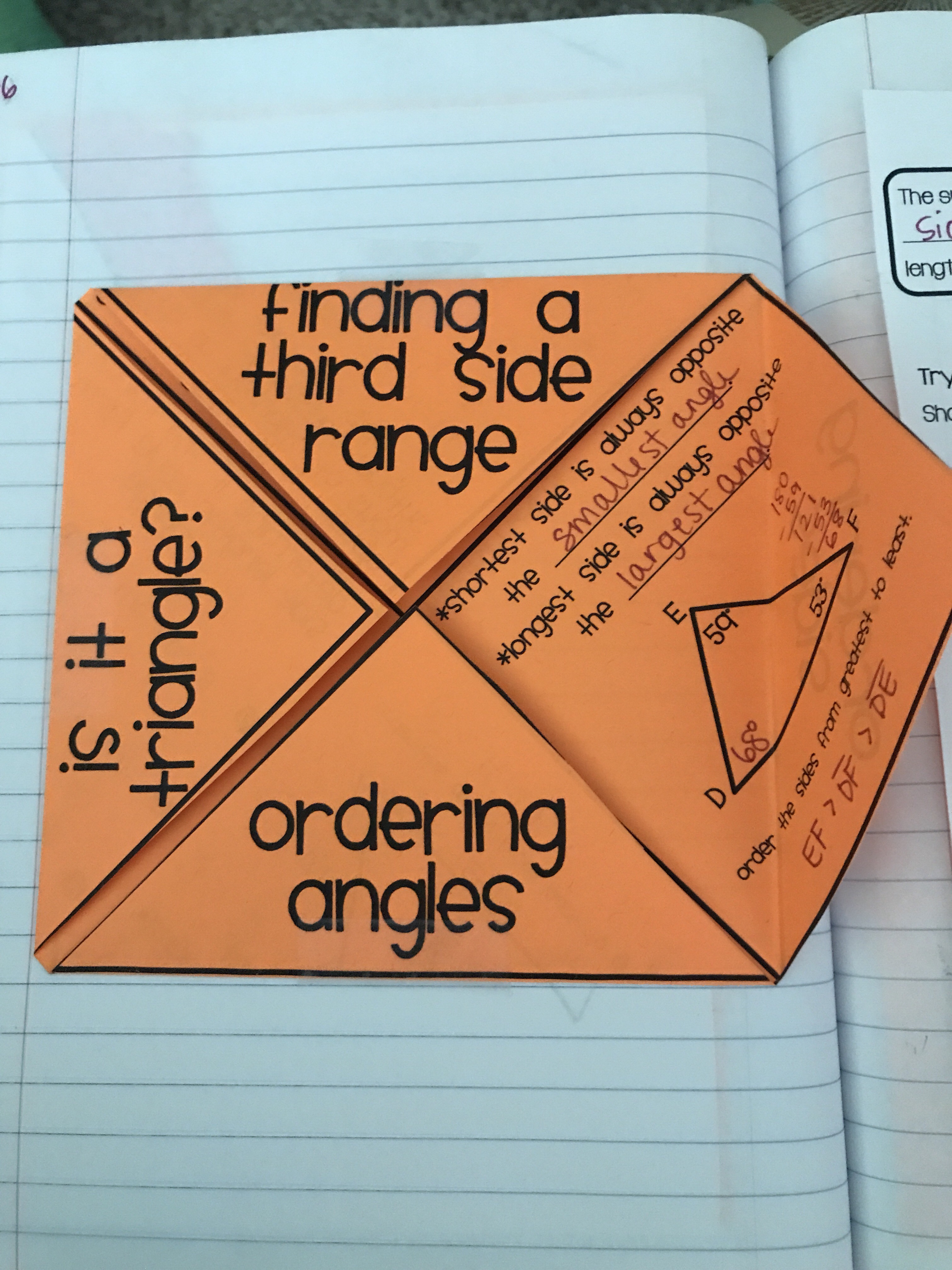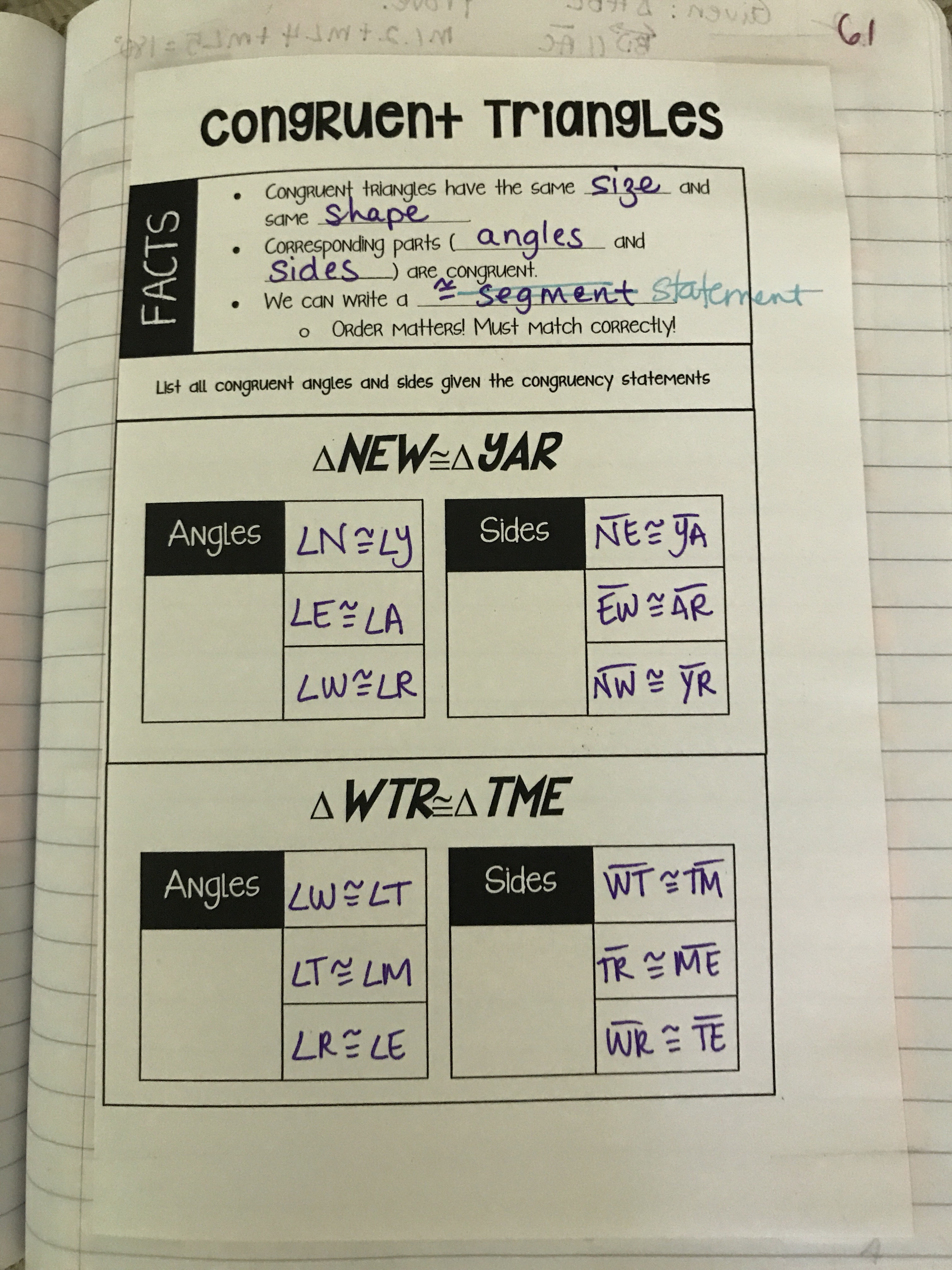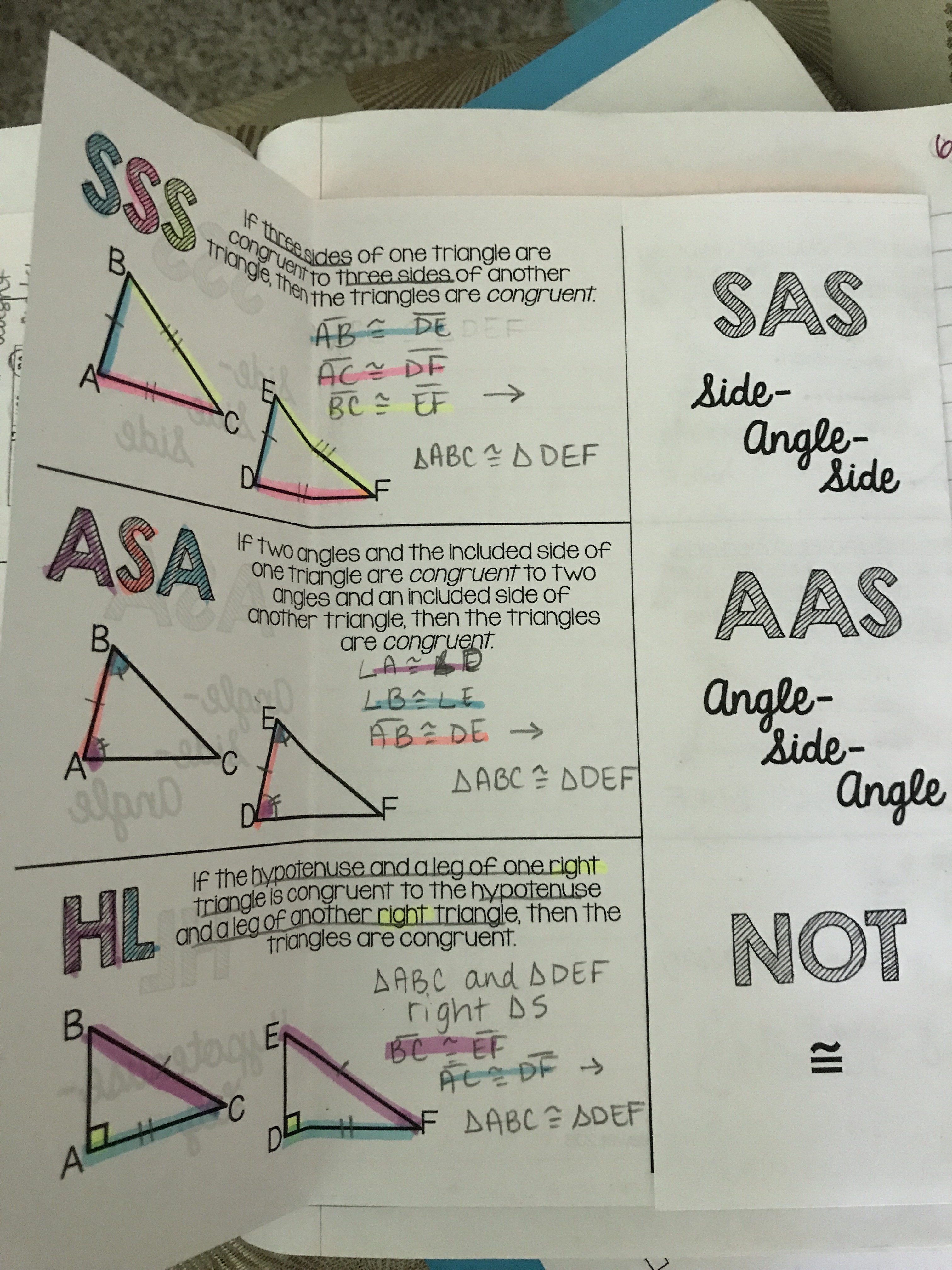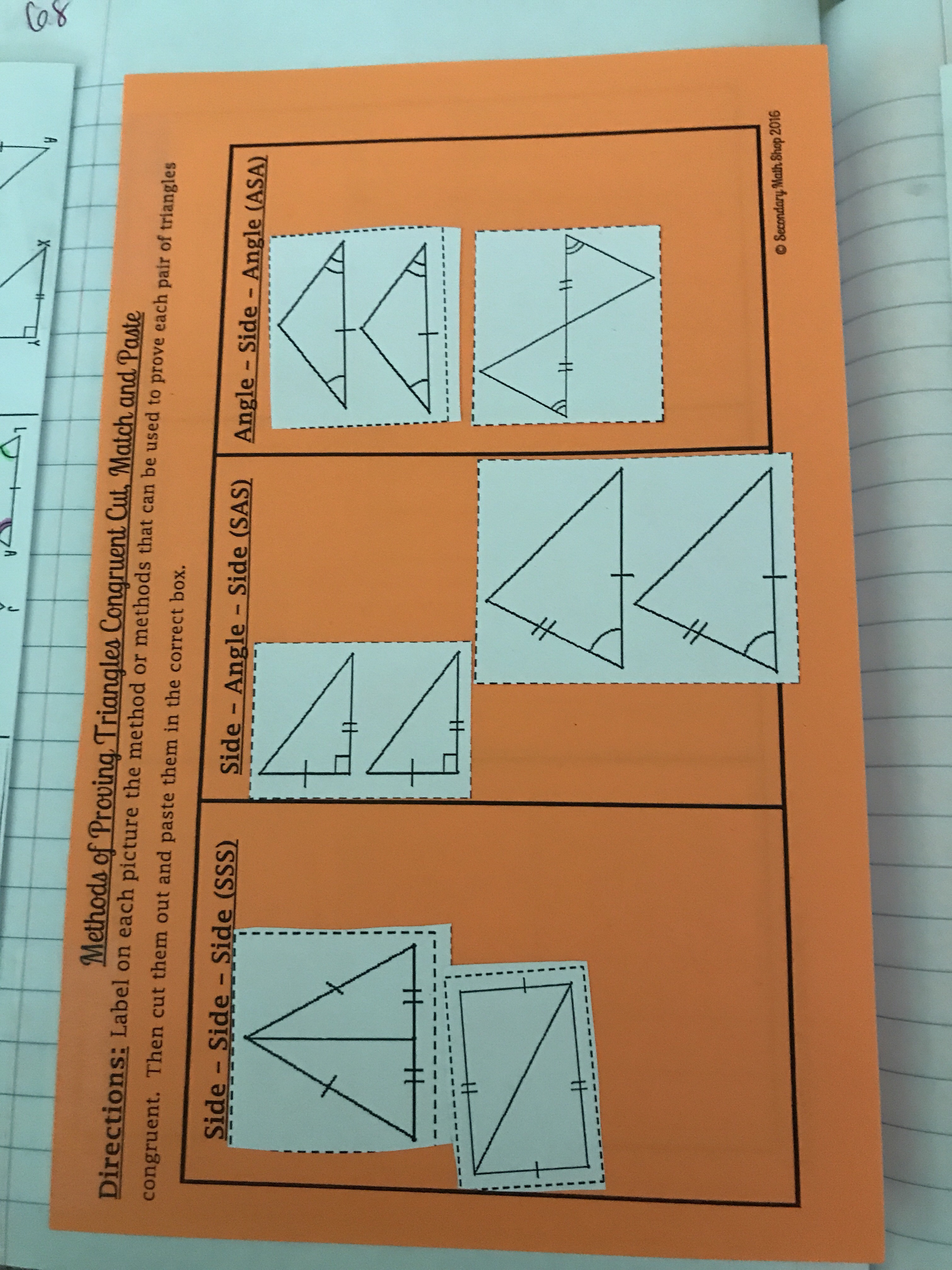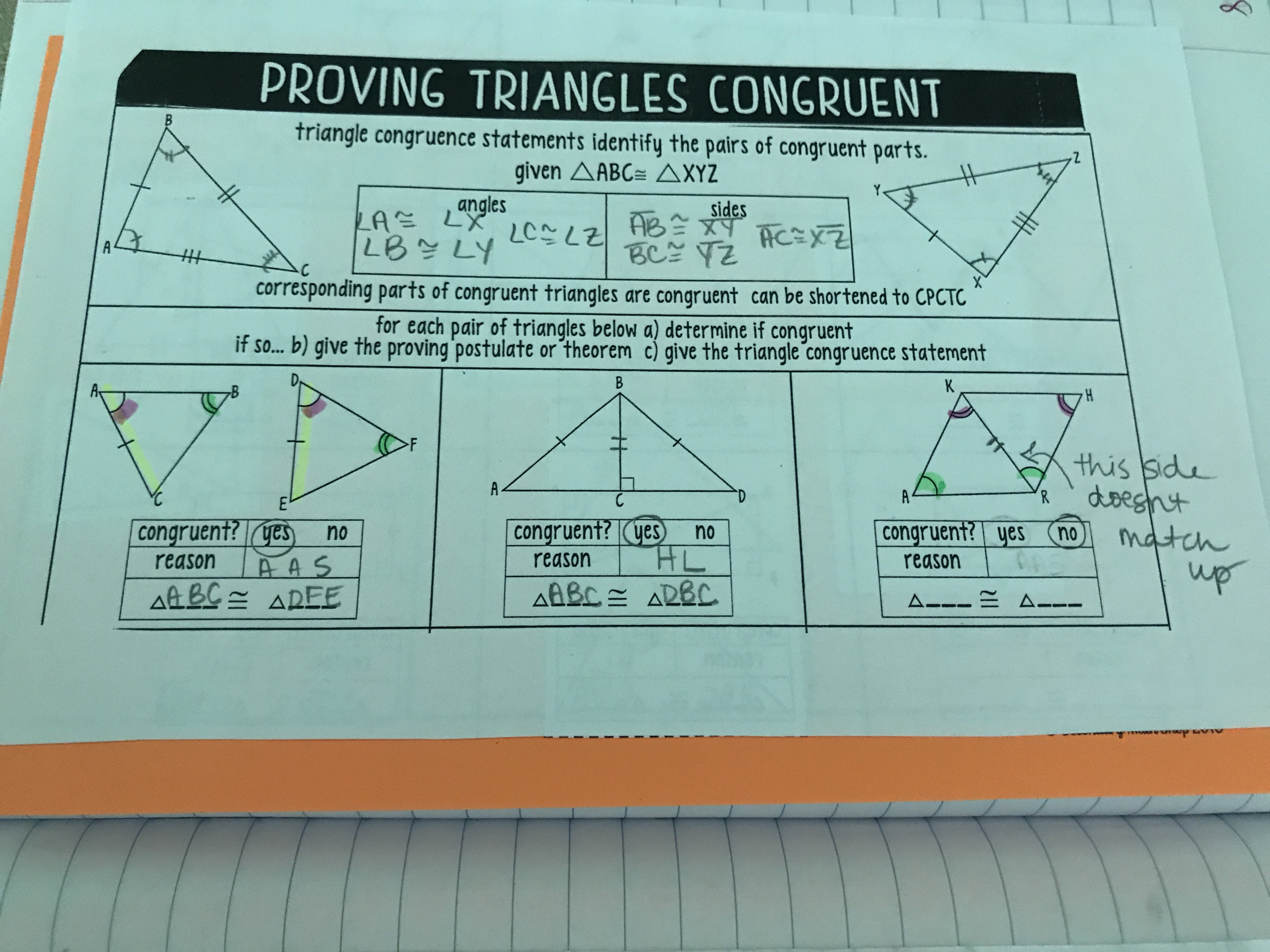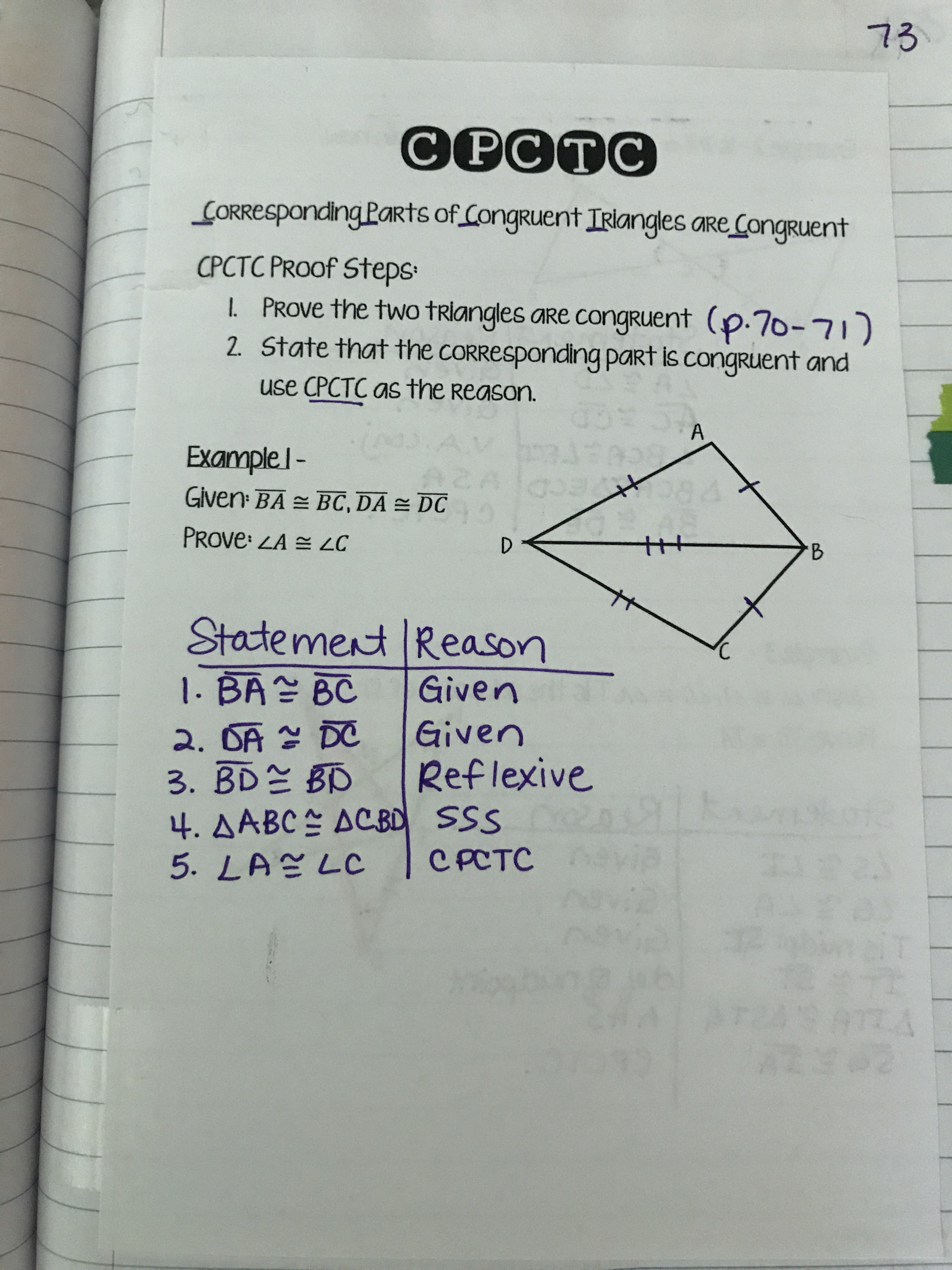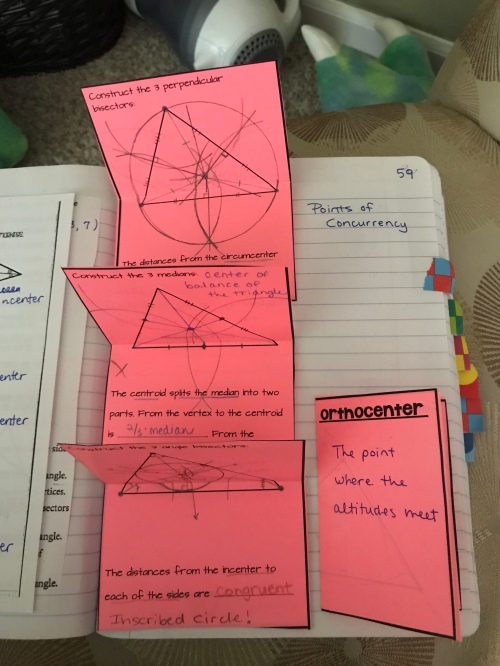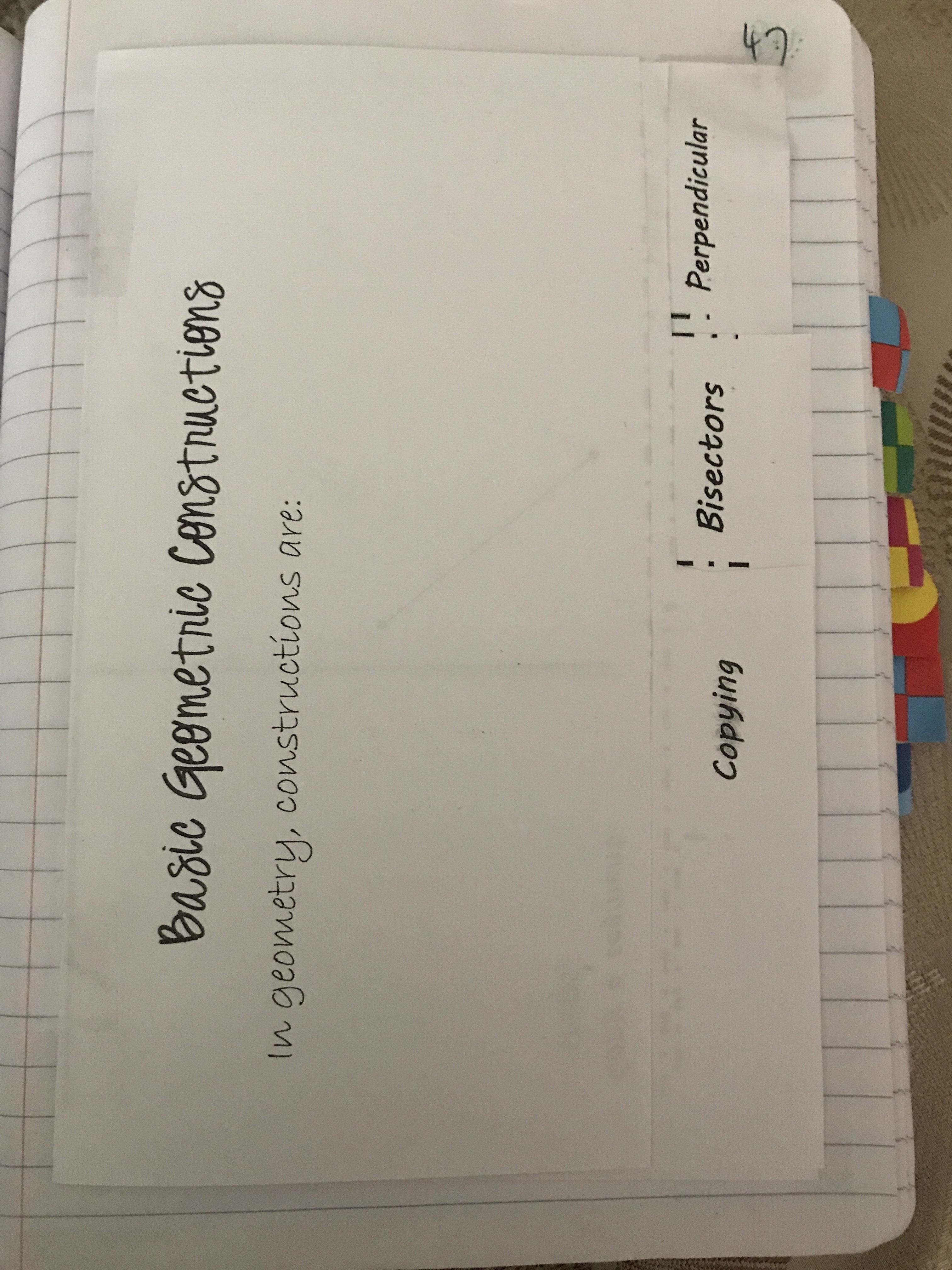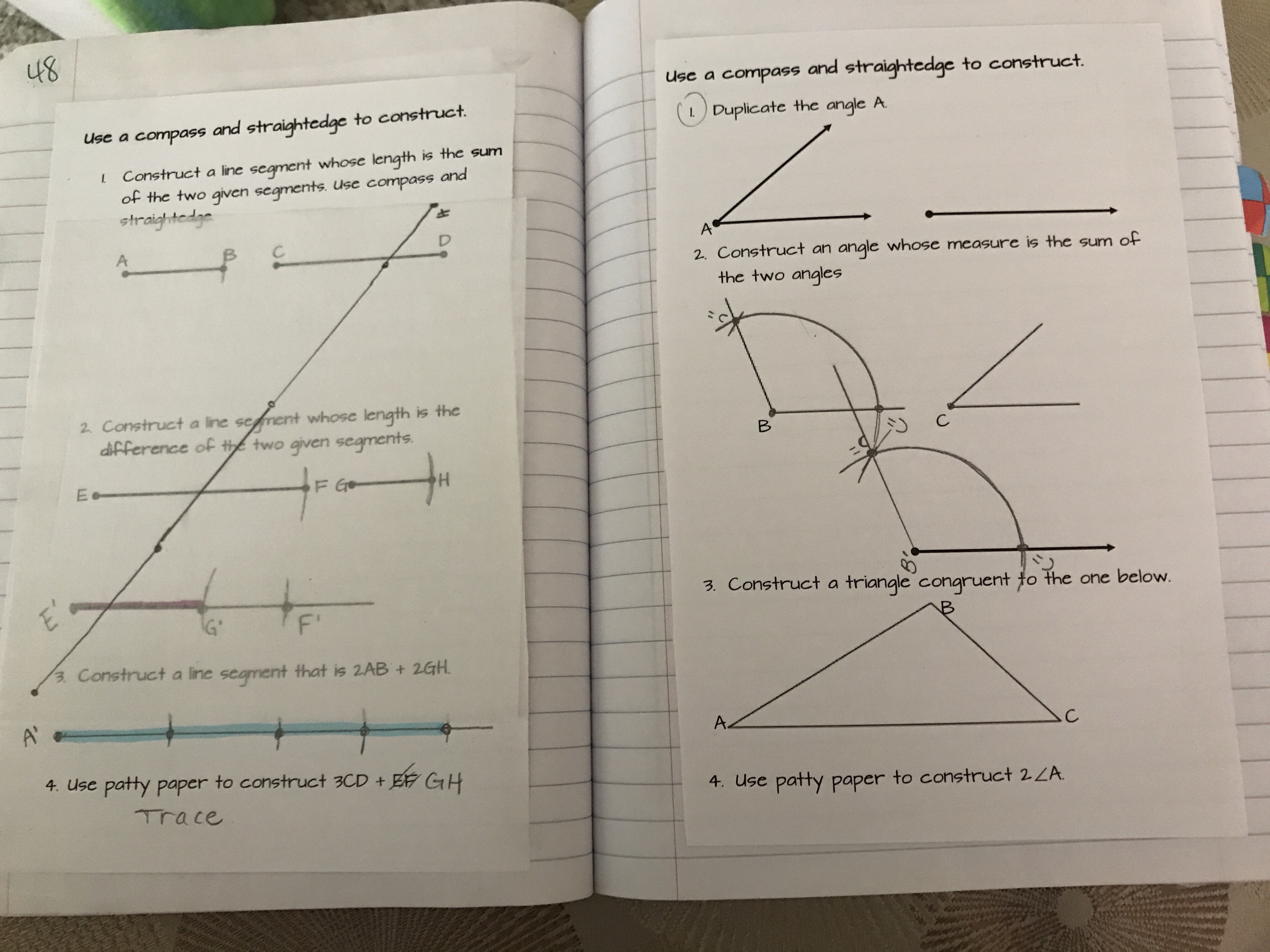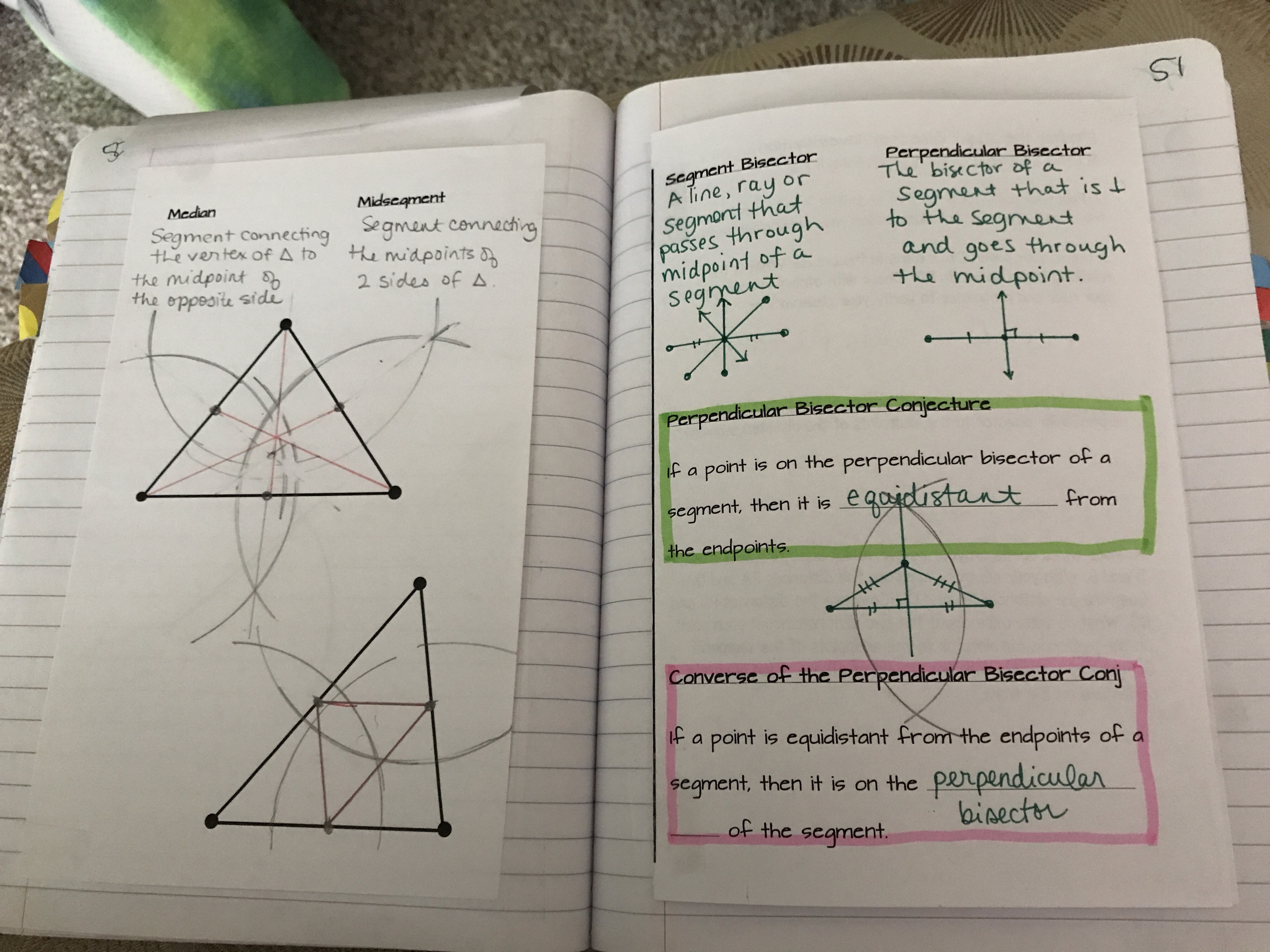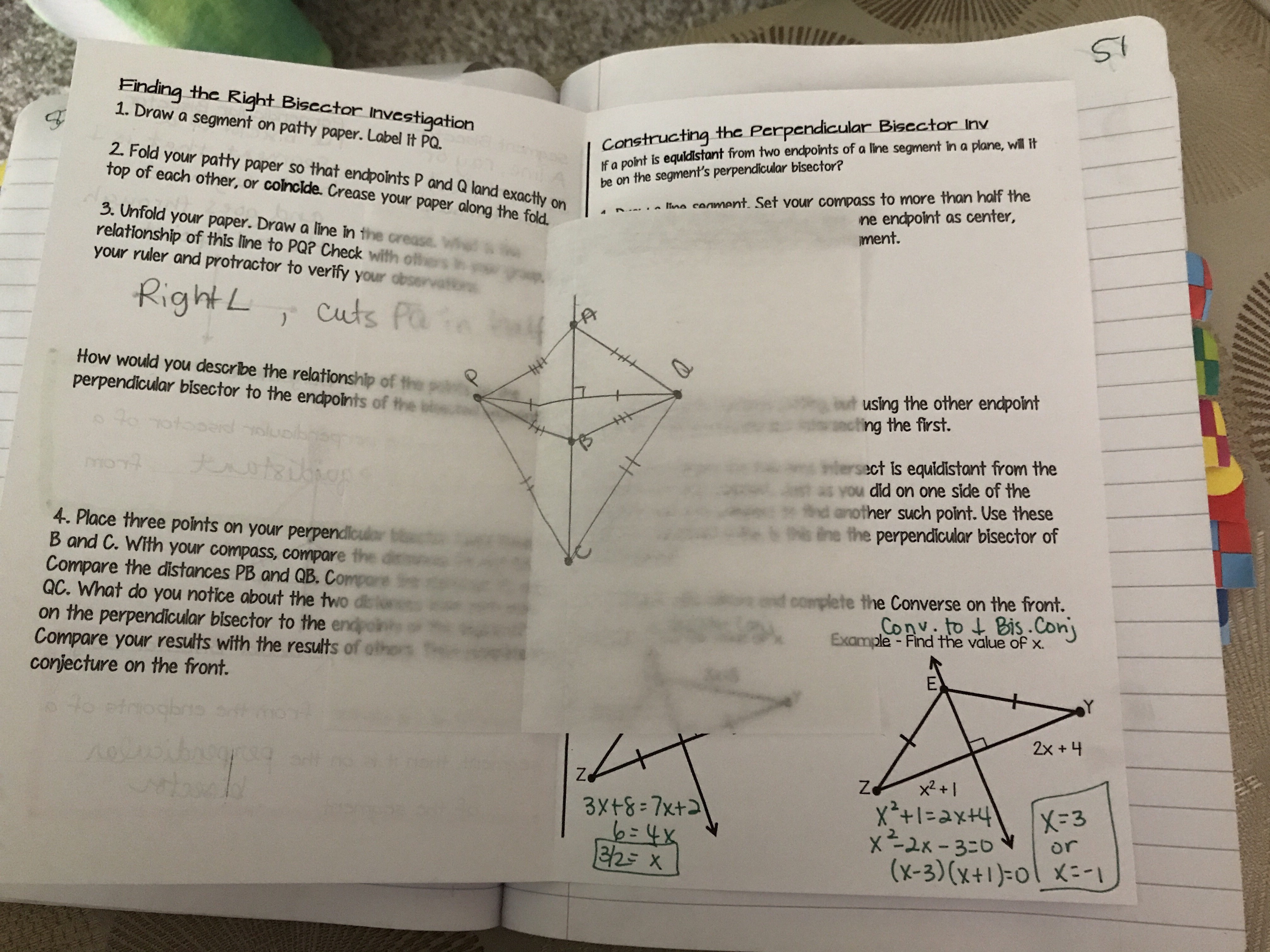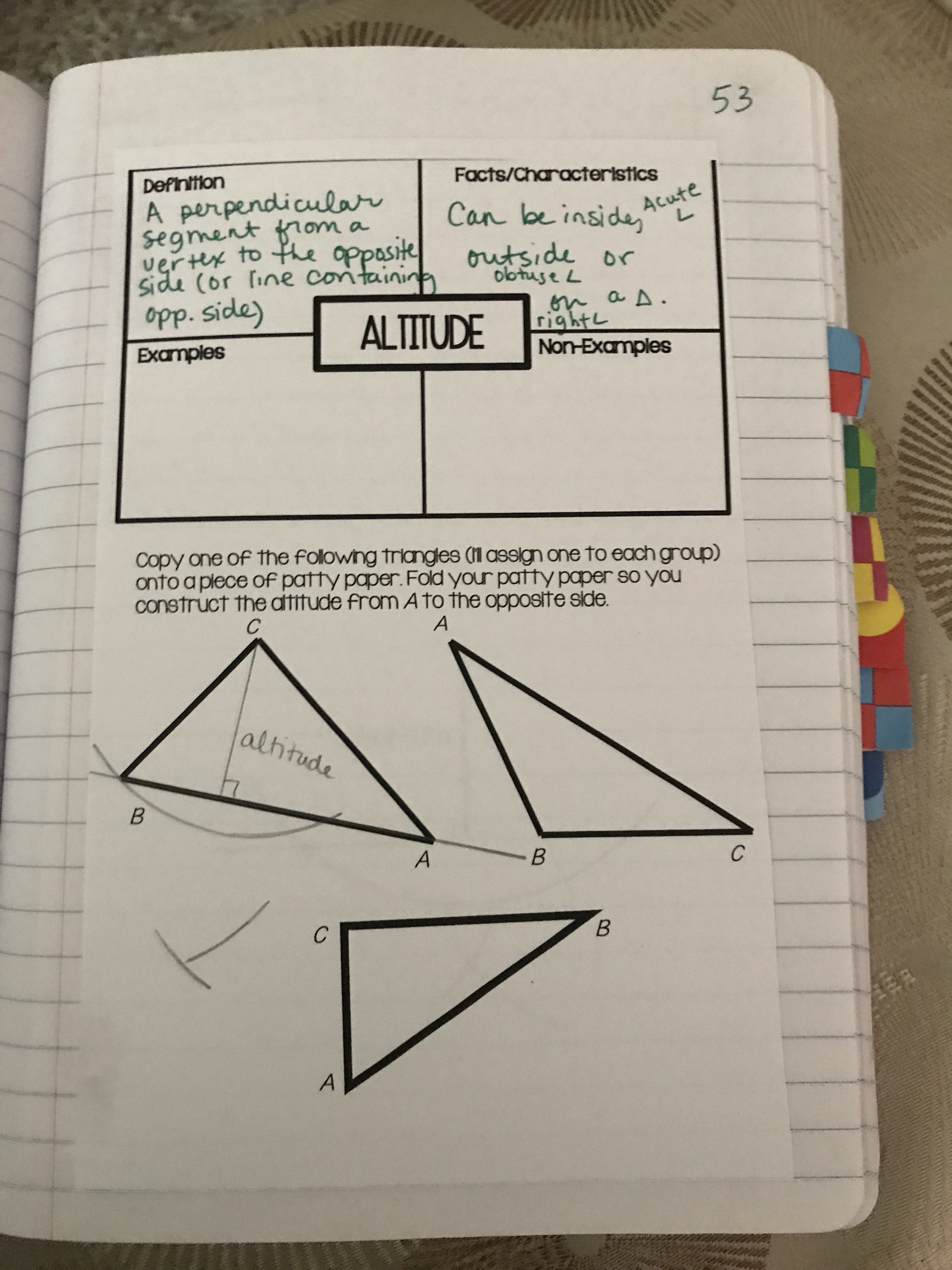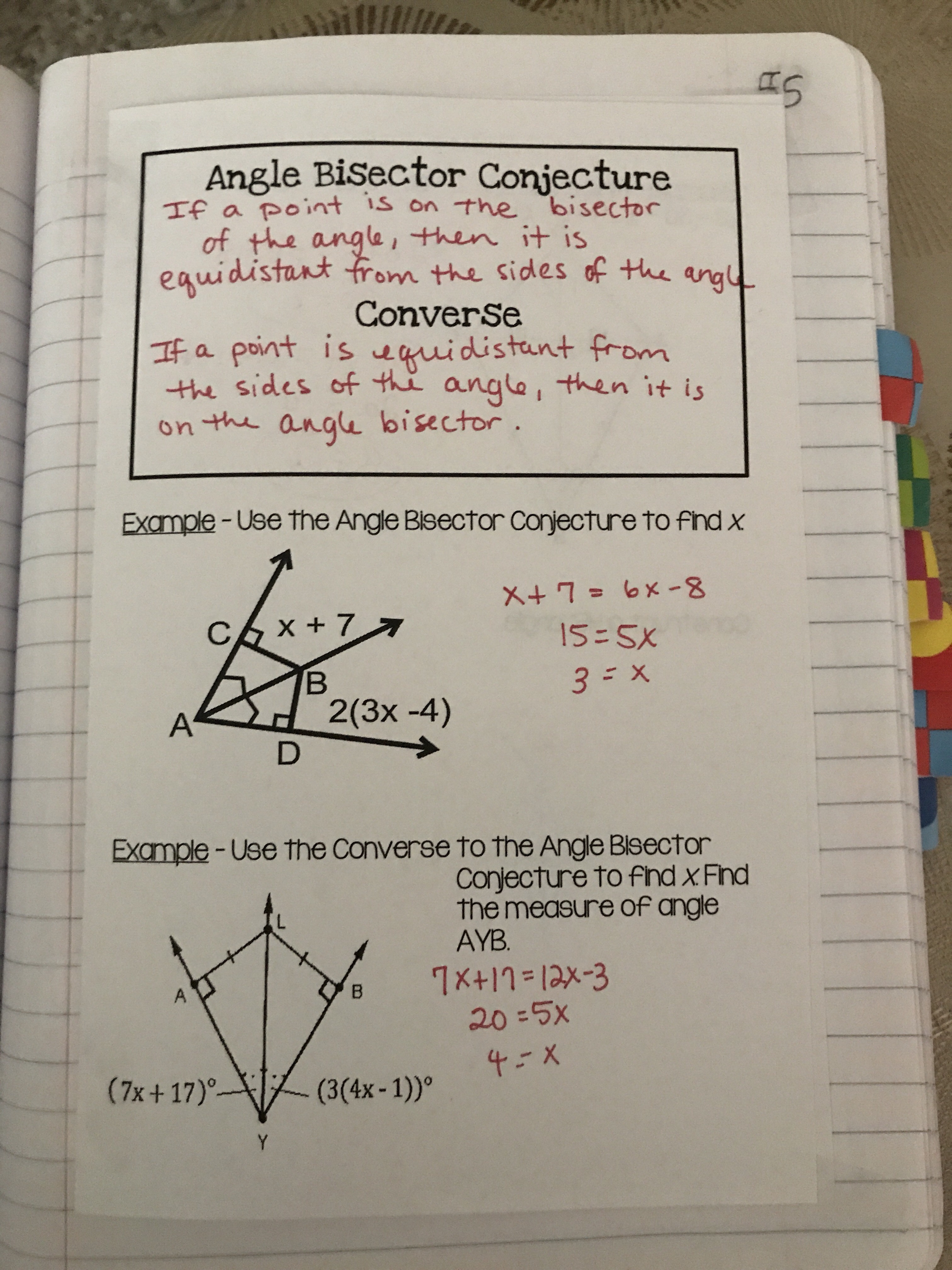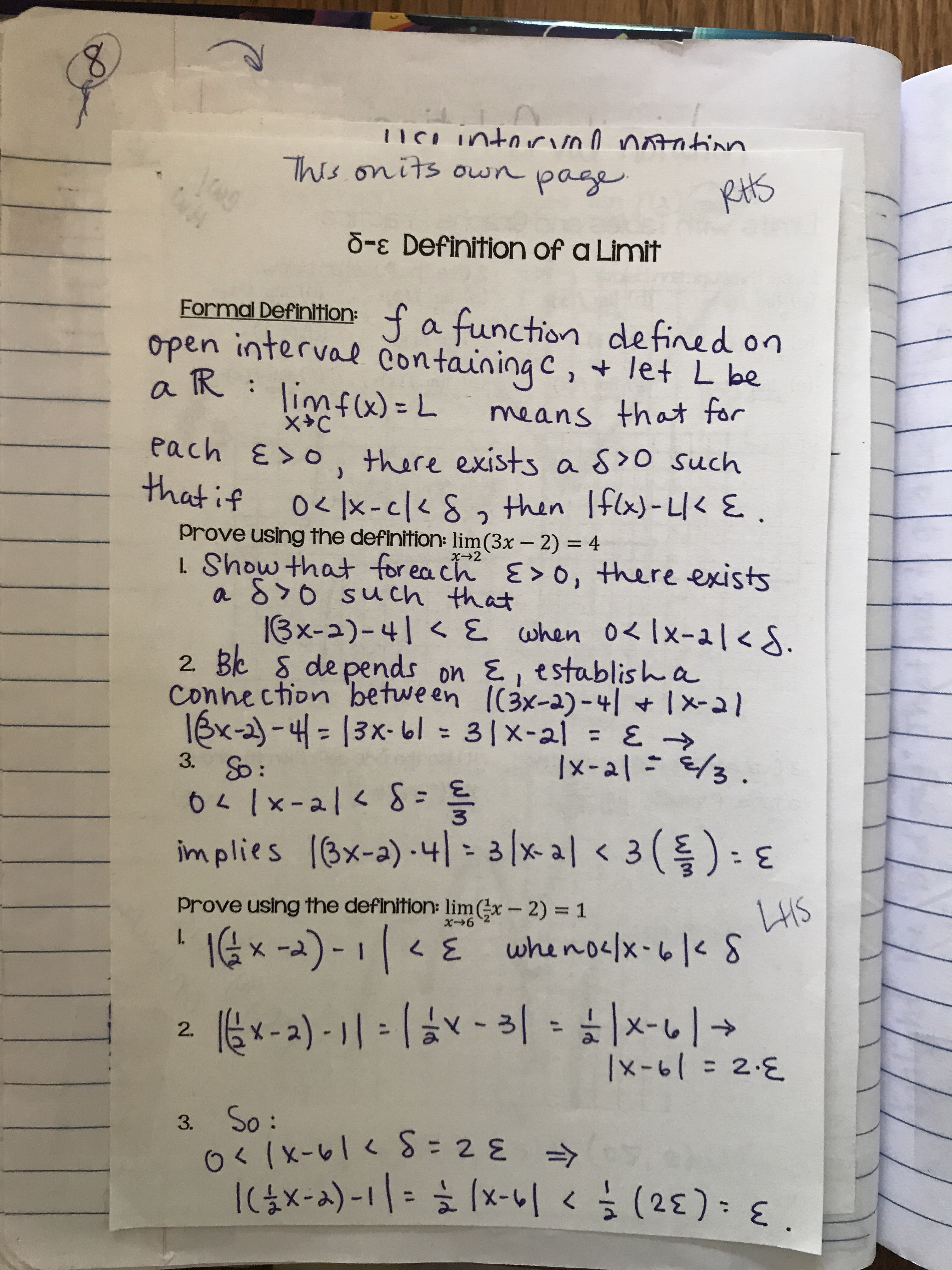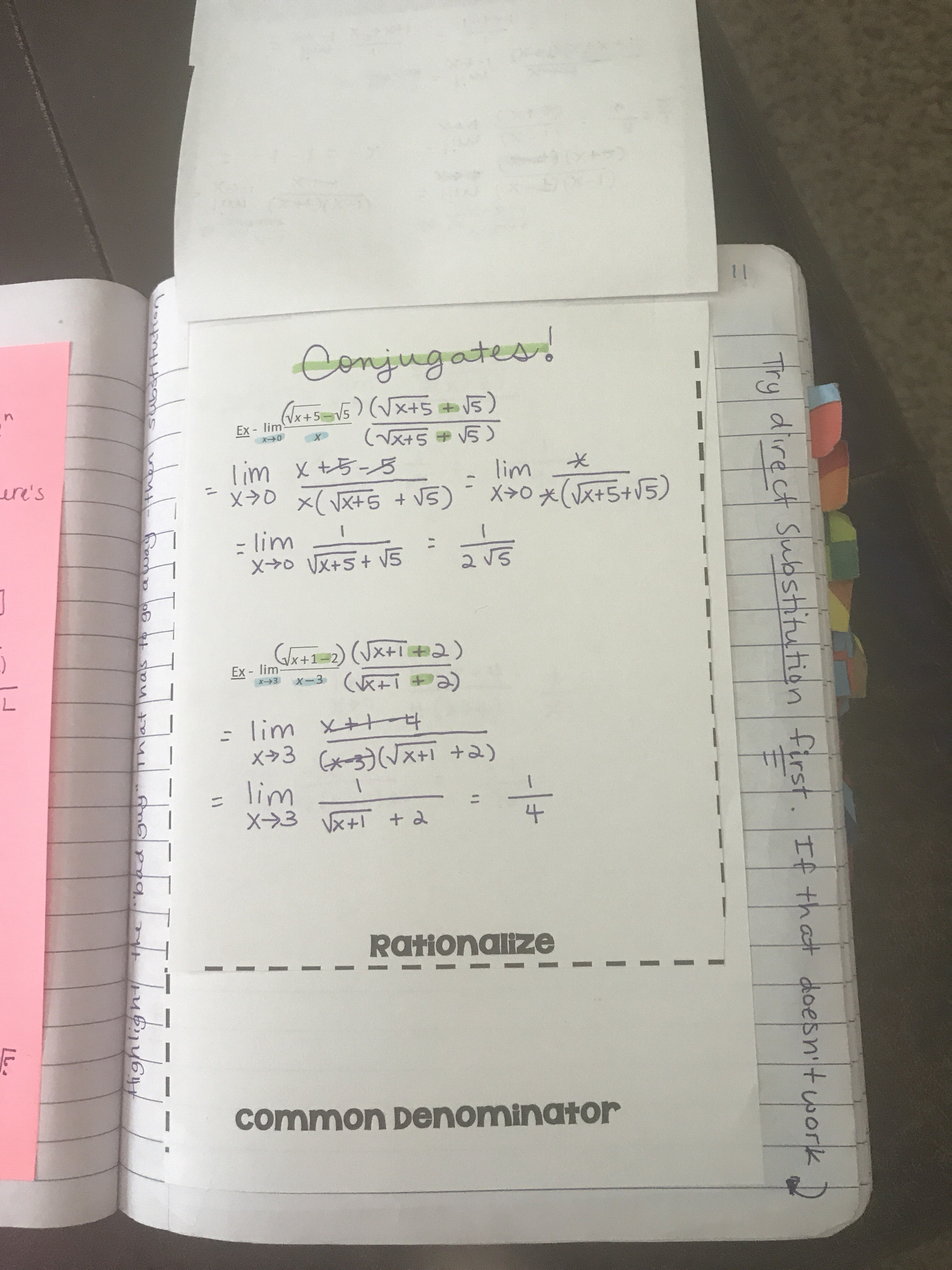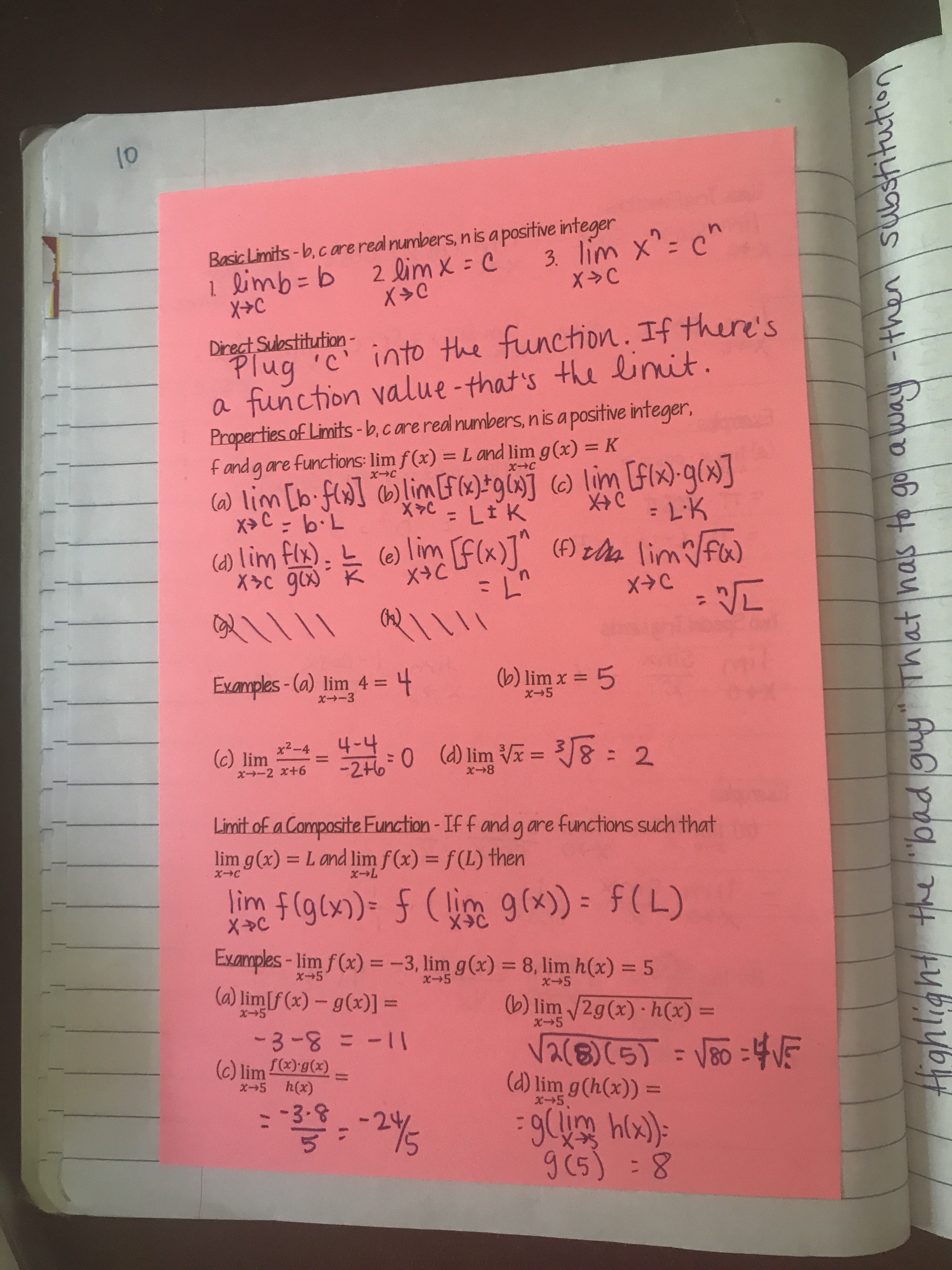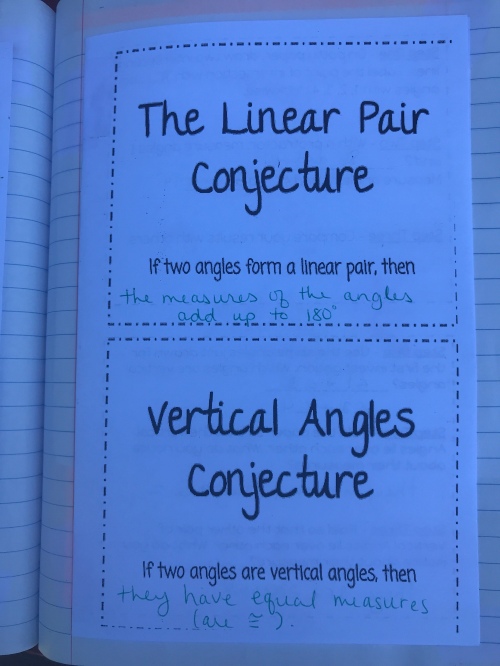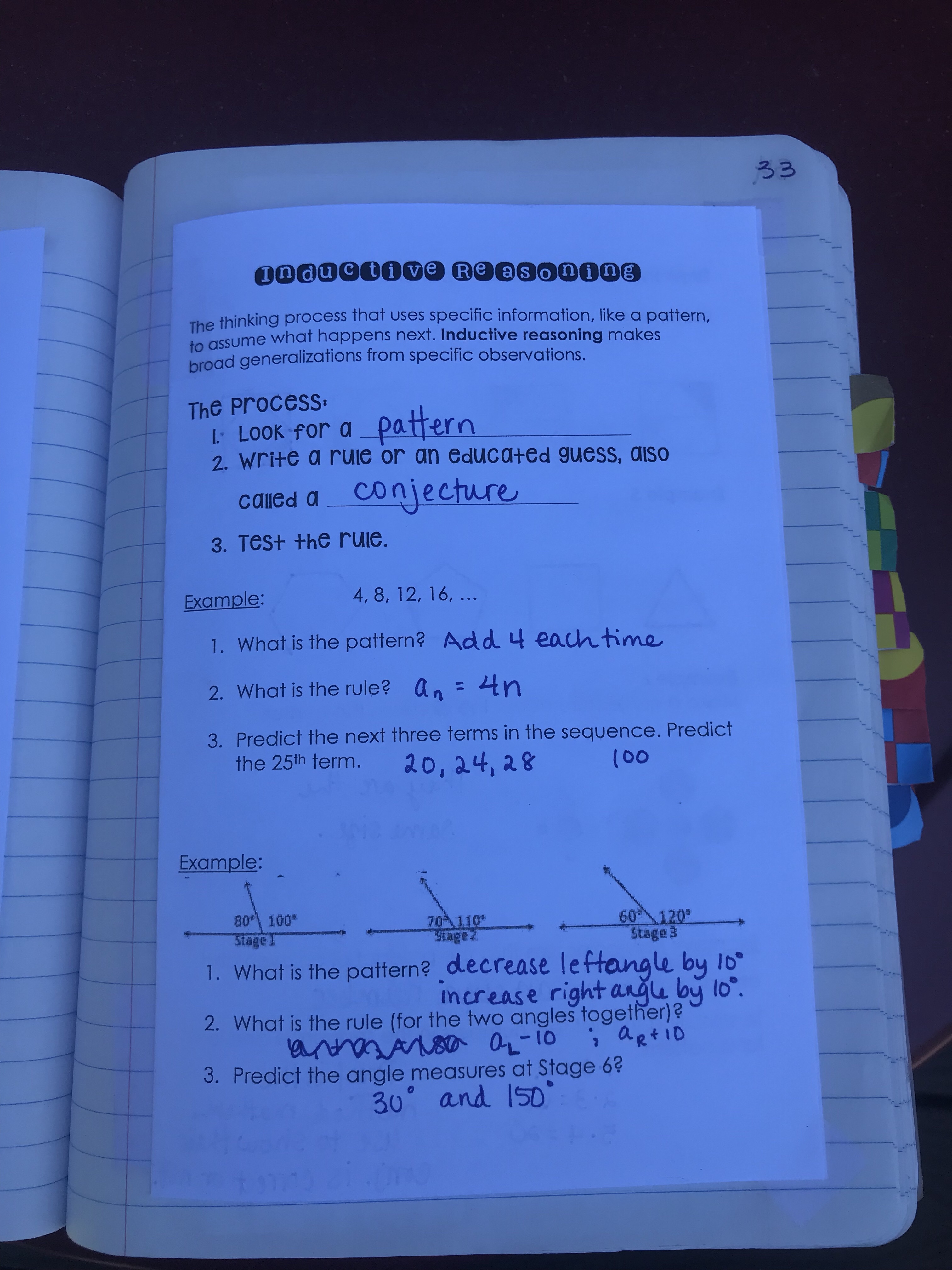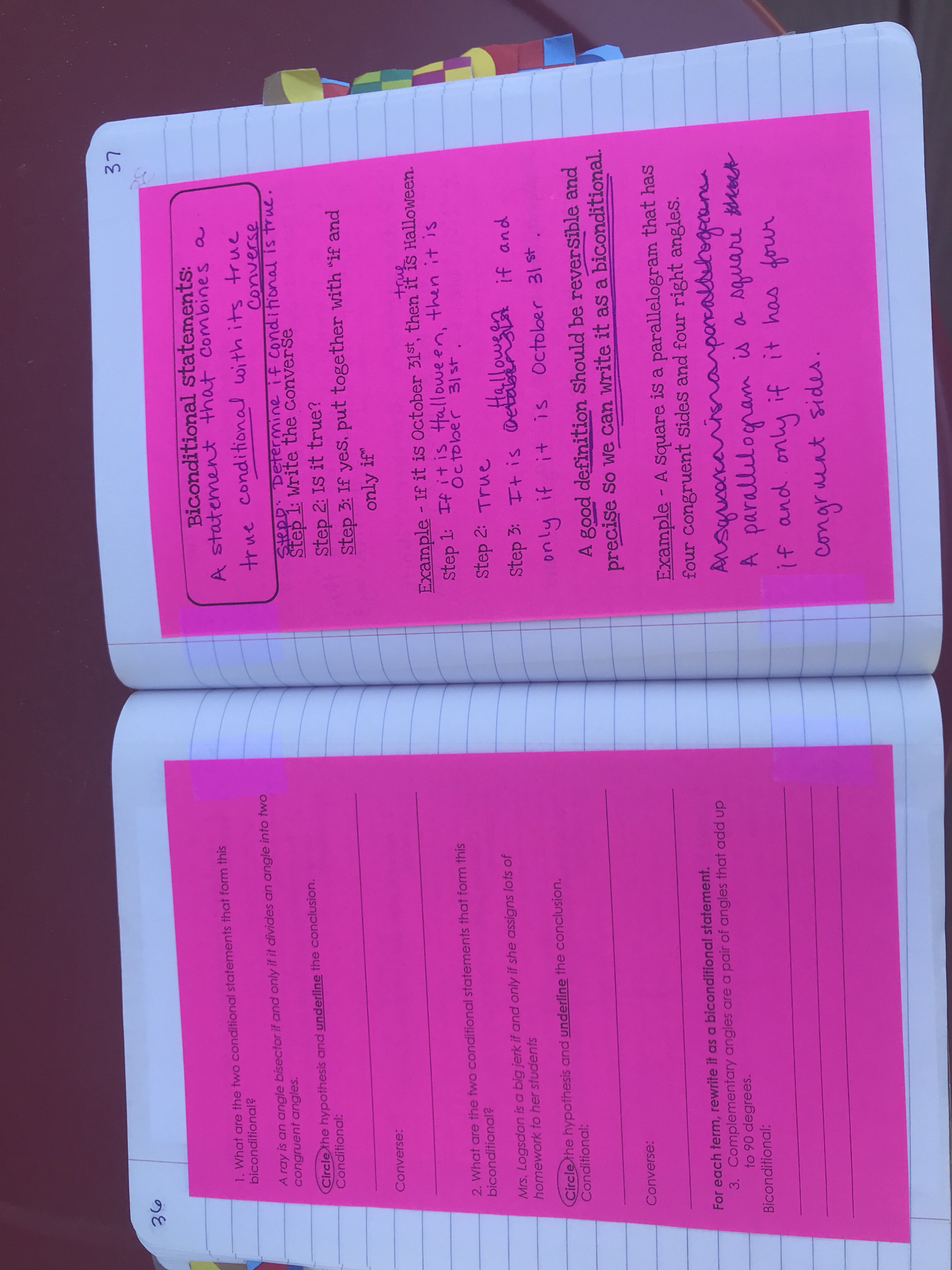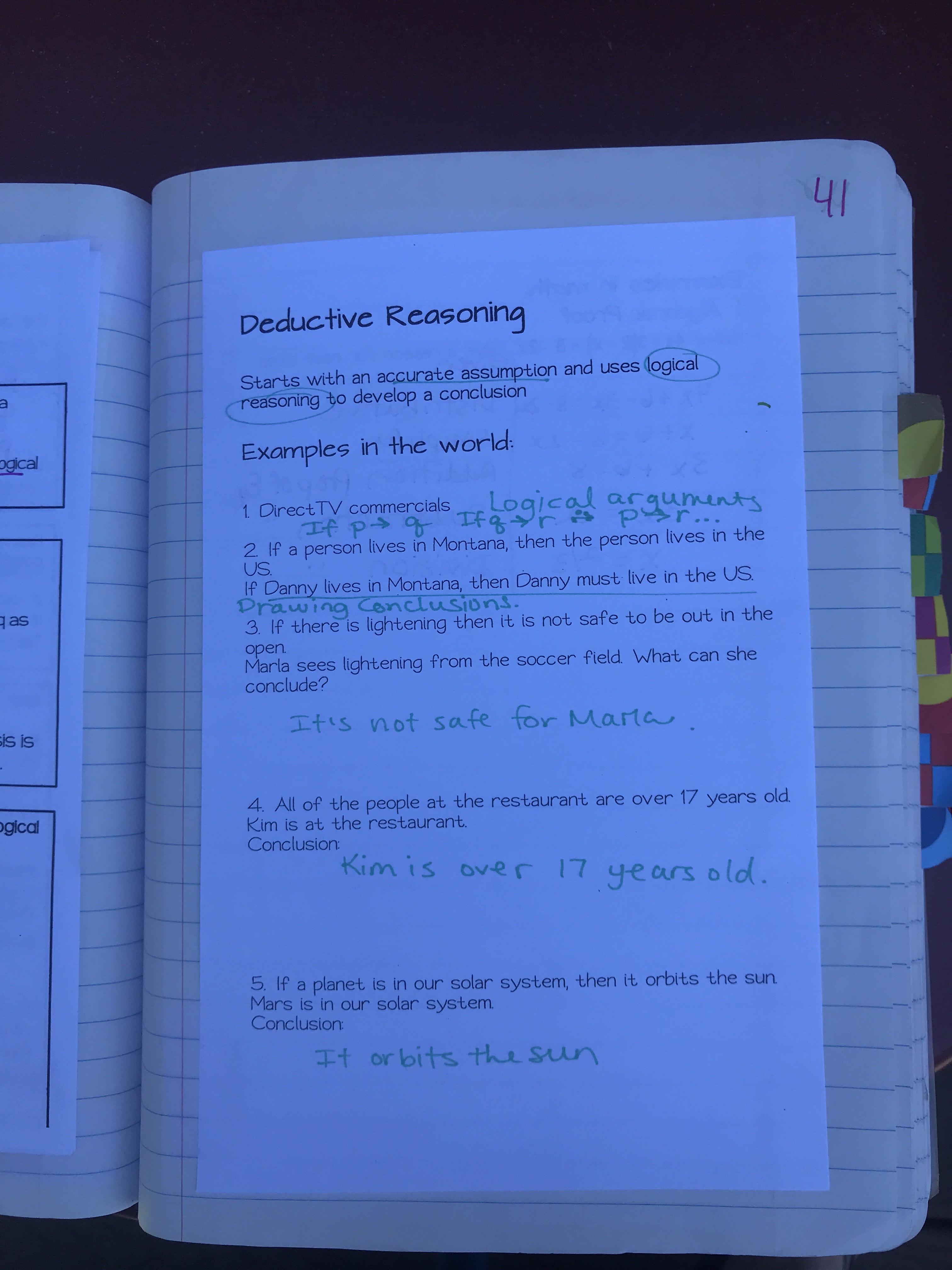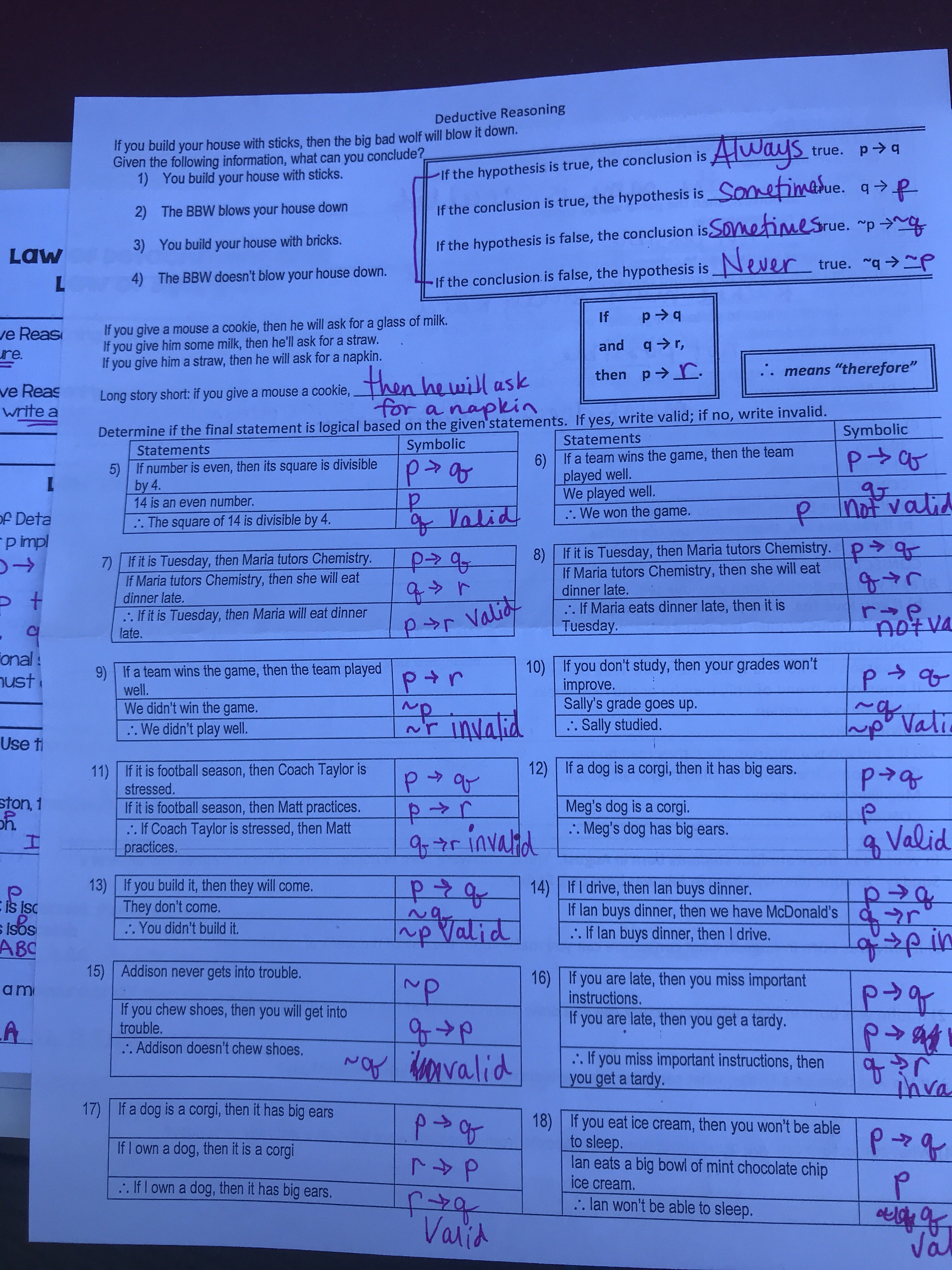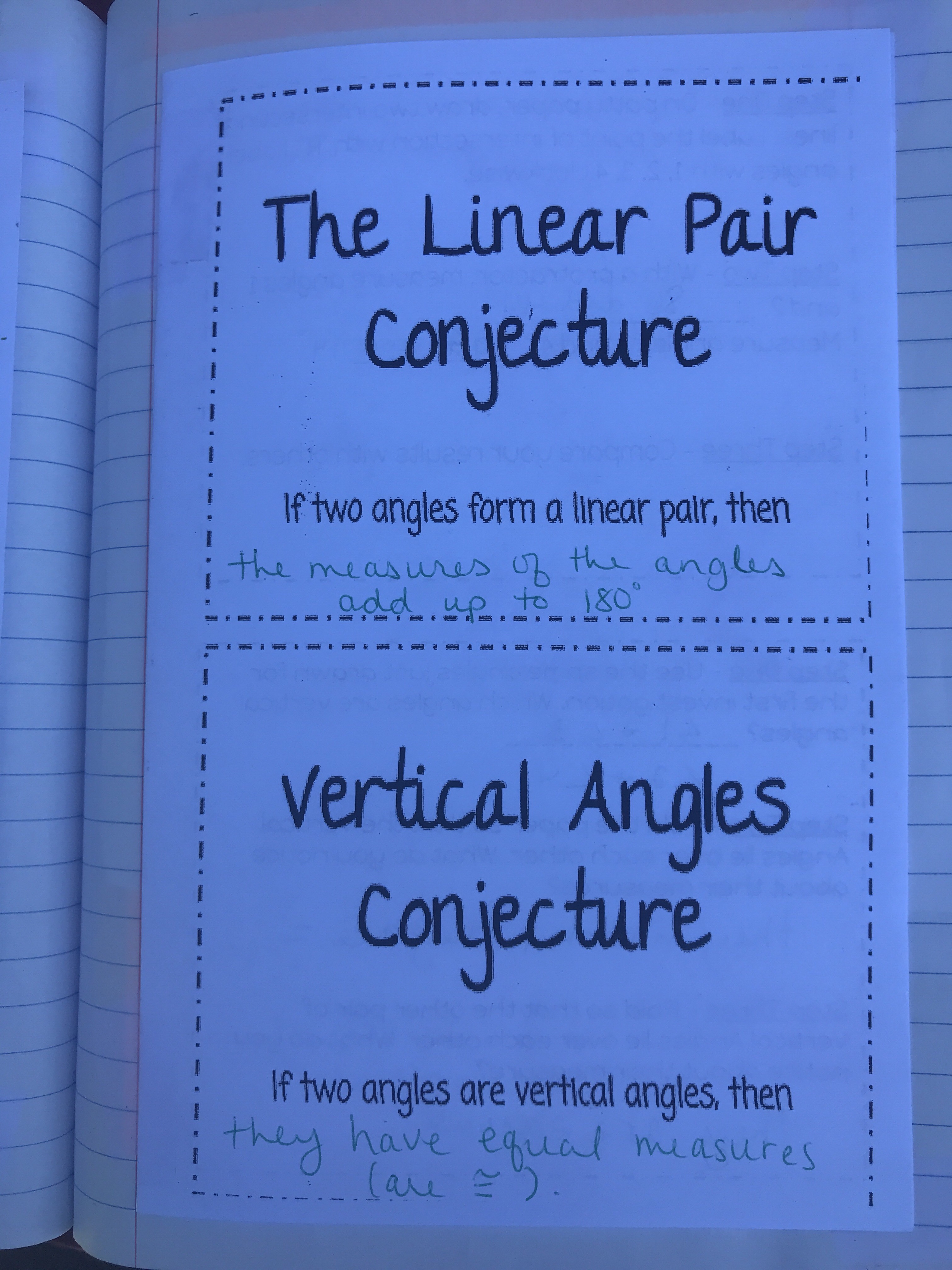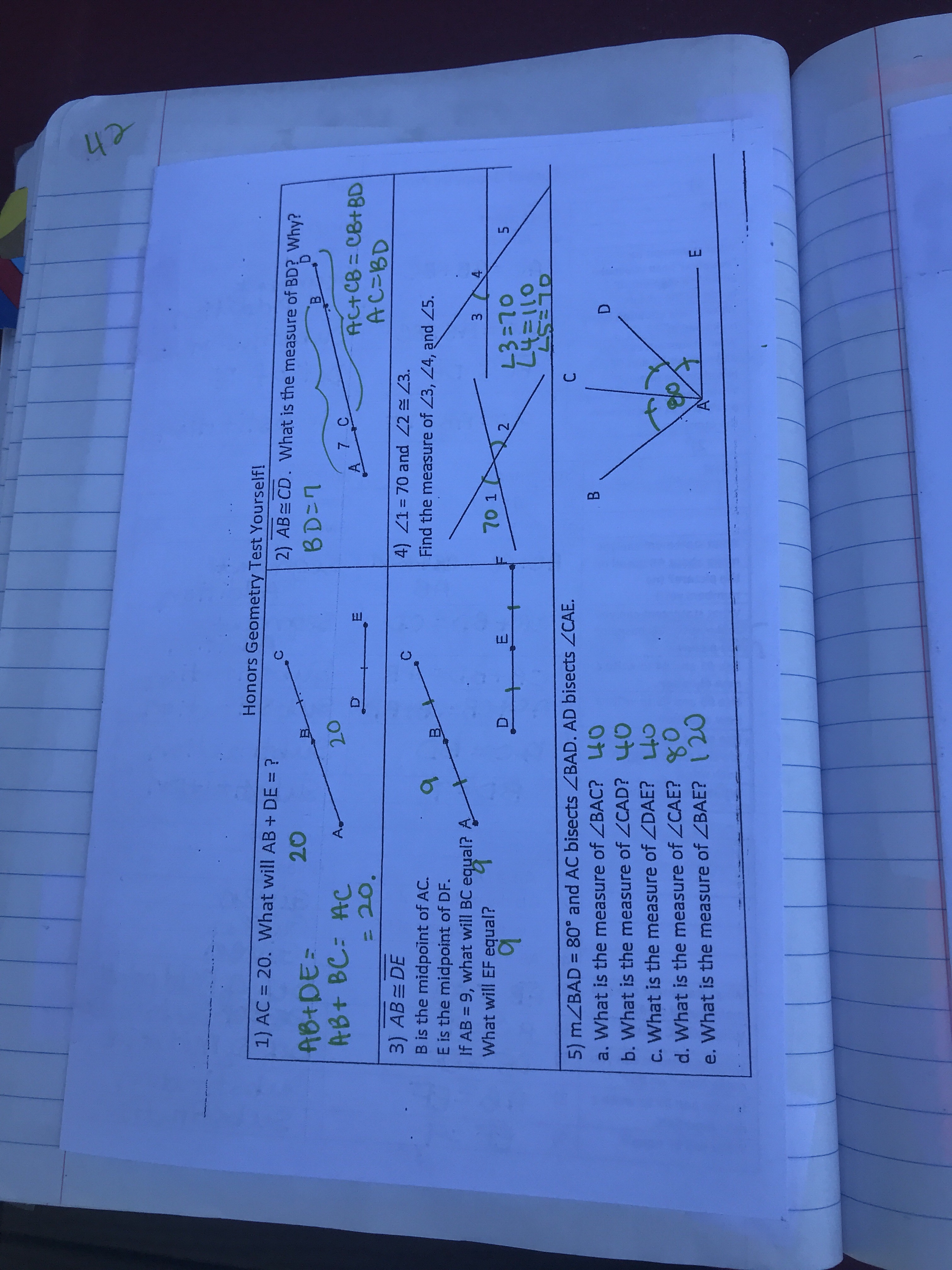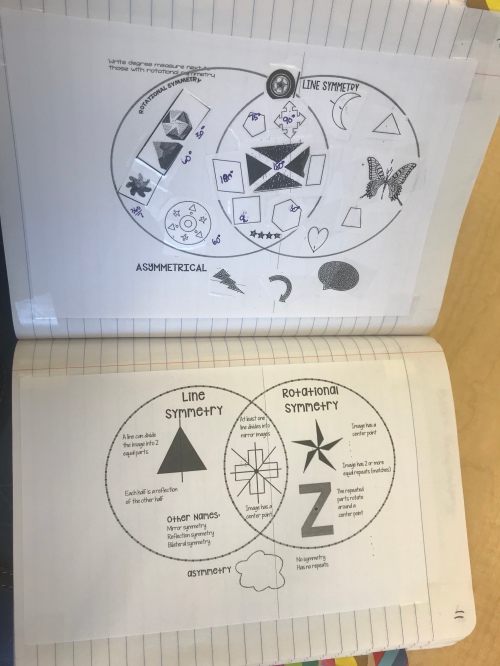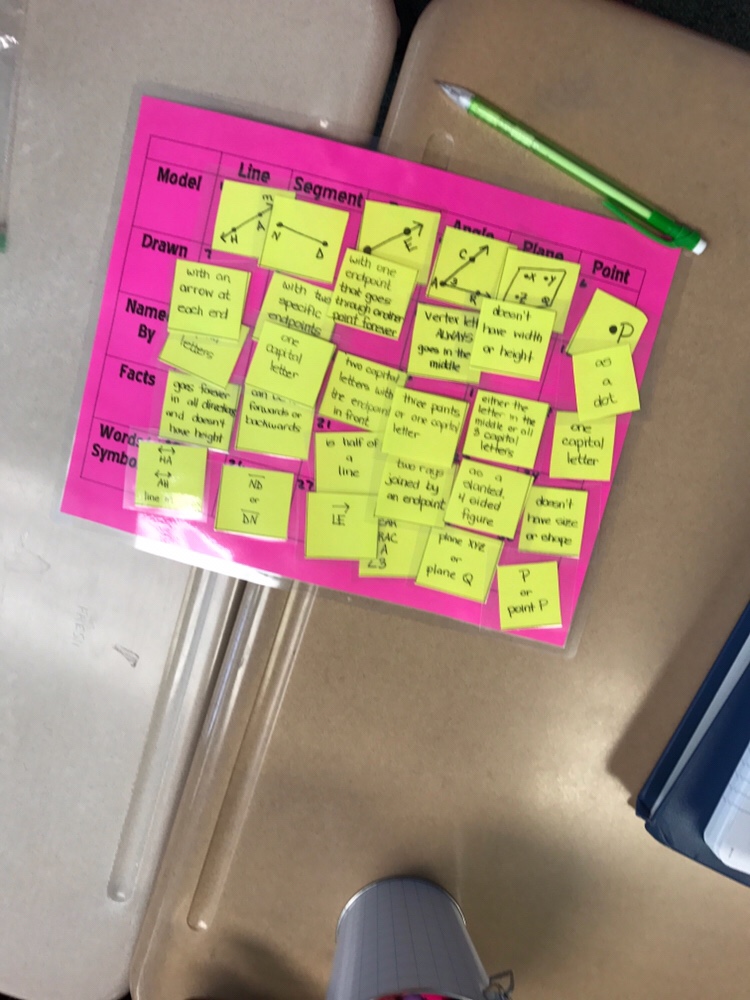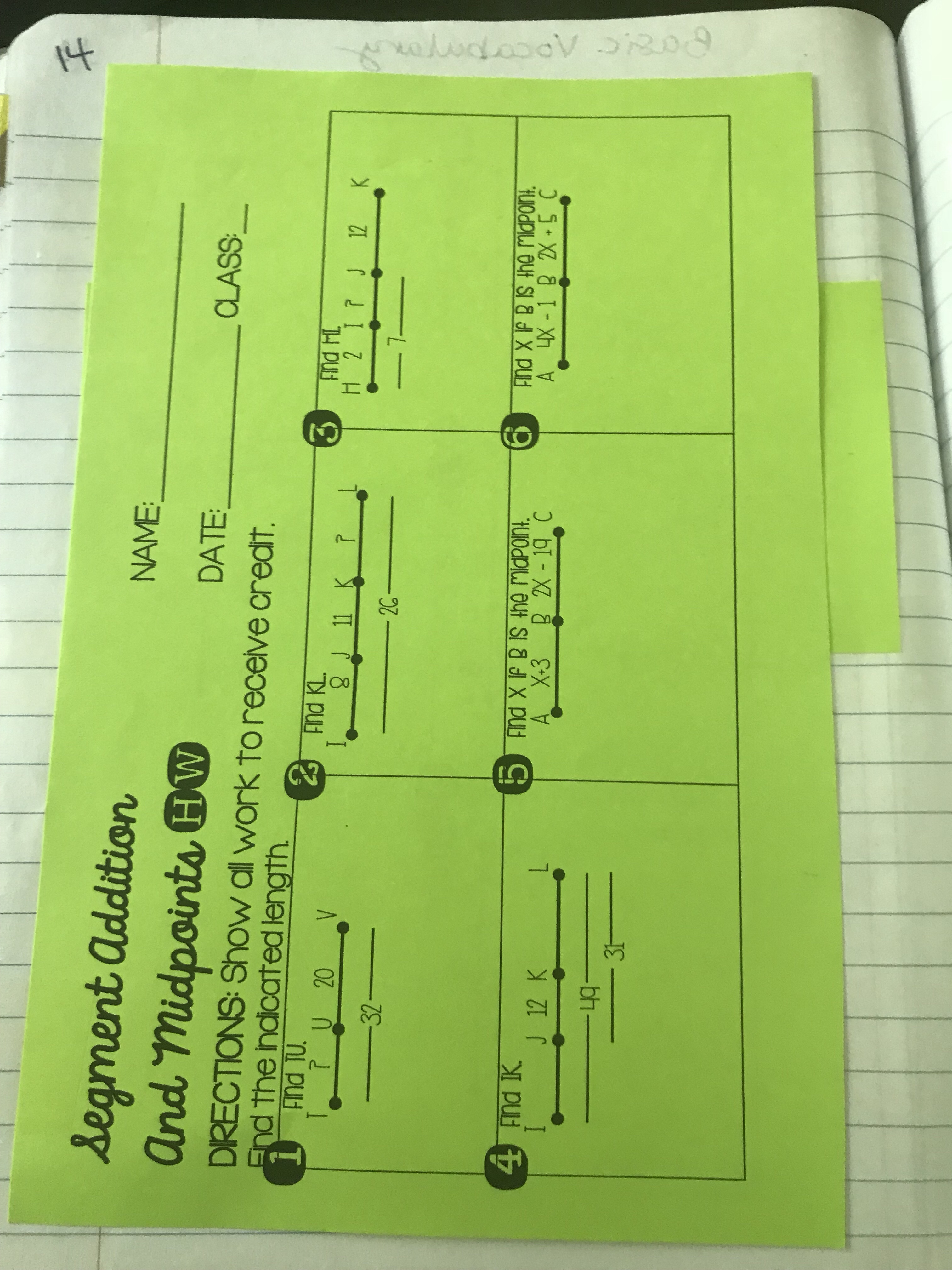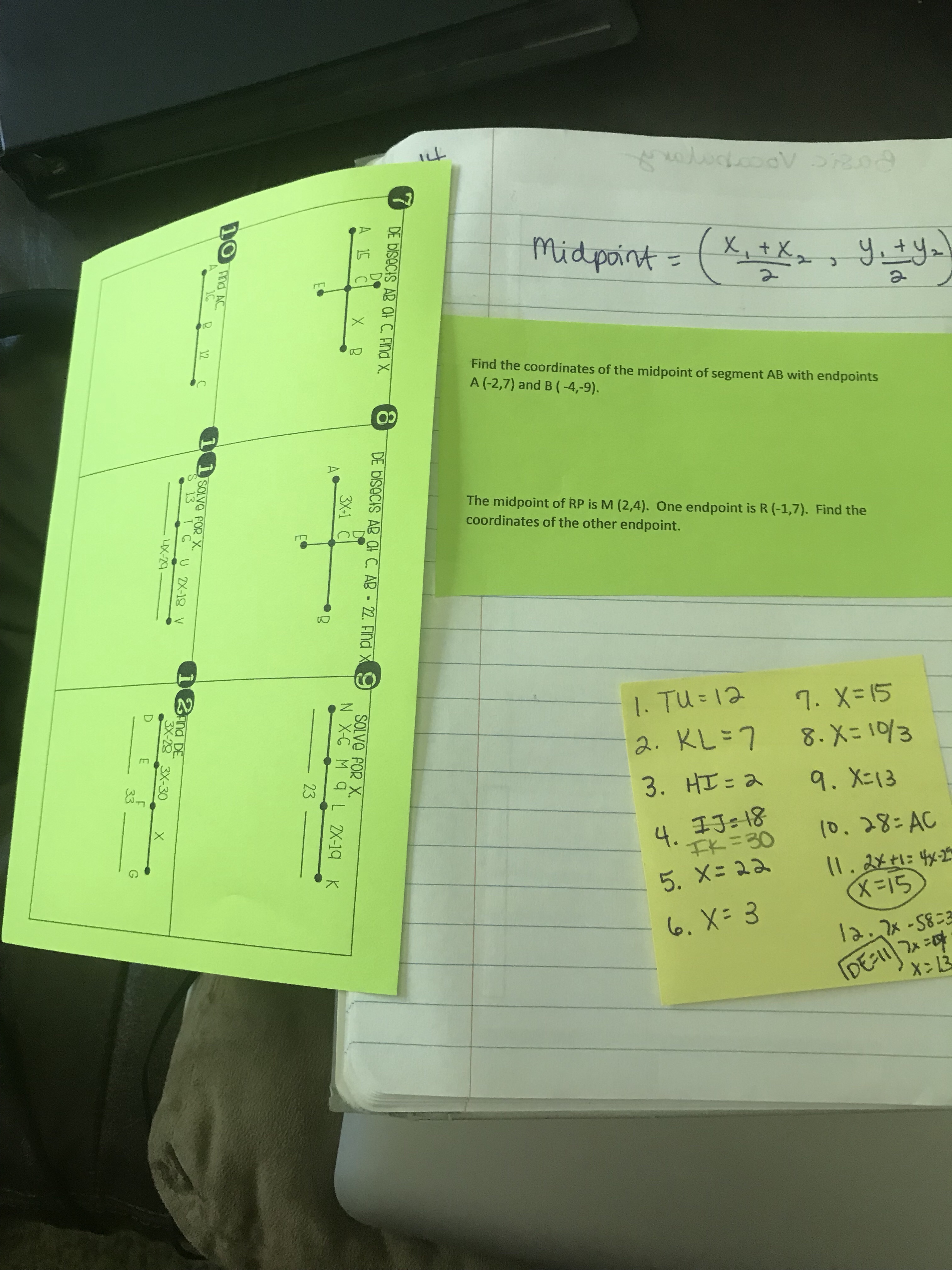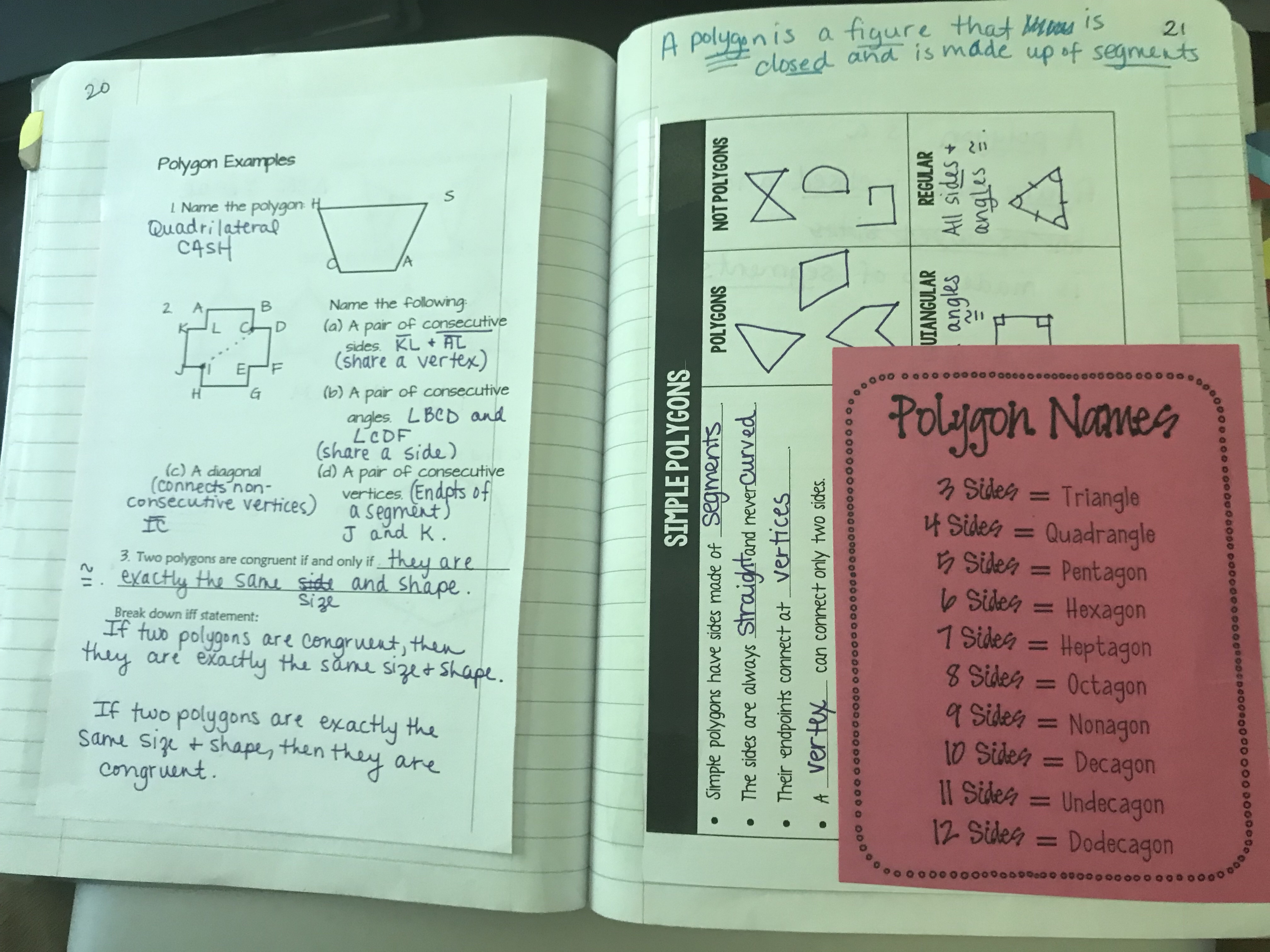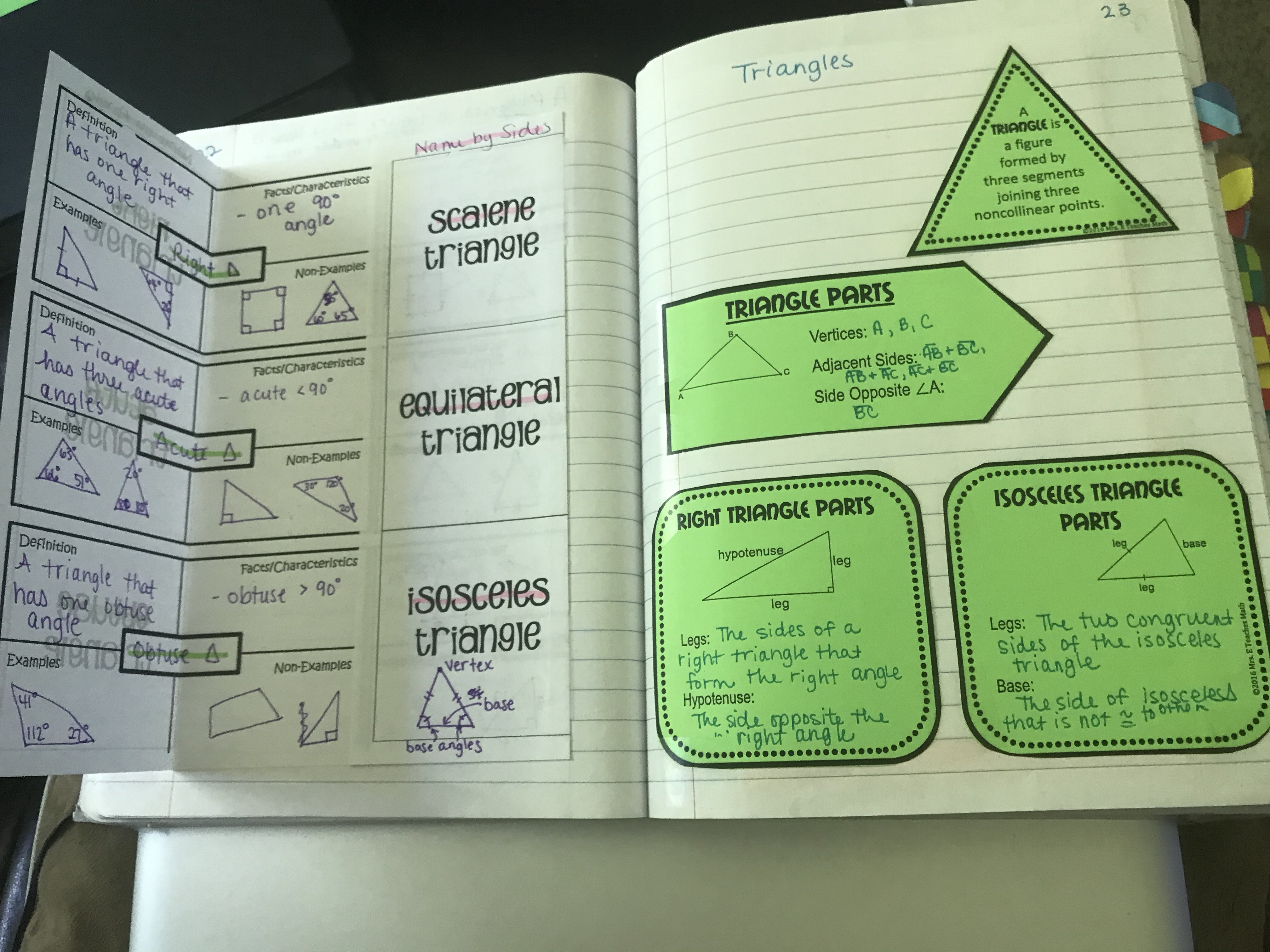
Here we go! Haven’t been on this page in a long time! Not sure I have something interesting to say today or all the days of August…but we will see.
Last summer I read Building Thinking Classrooms by Peter Liljedahl, and it changed how I approached everything in my class! I knew I had to reread it this summer because there was something missing in my class. I was pretty faithful to following the first 3 toolkits that are discussed in the book, but not the 4th on grading. In rereading the book I found a few things I could improve upon this year with what I did last year…but the grading aspect I think will revolutionize my thinking classroom. I cannot recommend this book enough! The issue I had with my classes was a majority of my student’s time in class was spent at the whiteboards working with random groups, but nothing in their grade reflects that. Grade what you value is a macro move in Chapter 12, so that’s what I’m going to do. I created a sheet to share with students that will illustrate how they know if they know a goal and how well.

I then made one for myself to be sure I don’t miss an opportunity to give students credit for work they do.

I won’t get in the weeds about how to get a grade out of this, that’s what the book is for. I’ll just say that this is what was missing from my class last year…especially in AP Calculus. It’s important that the students understand the material, not just get As on quizzes. This is a step closer to this goal and value for me.
